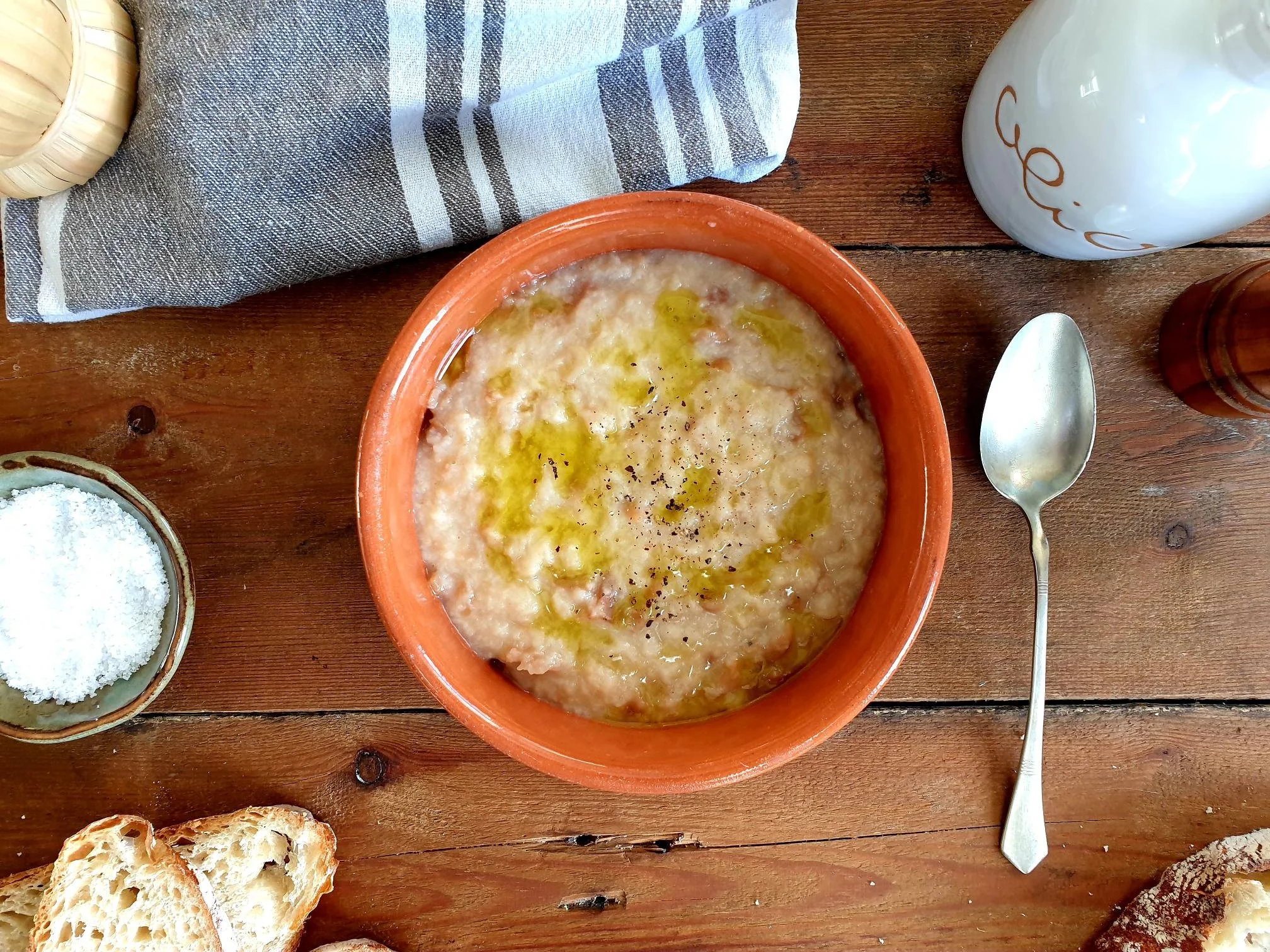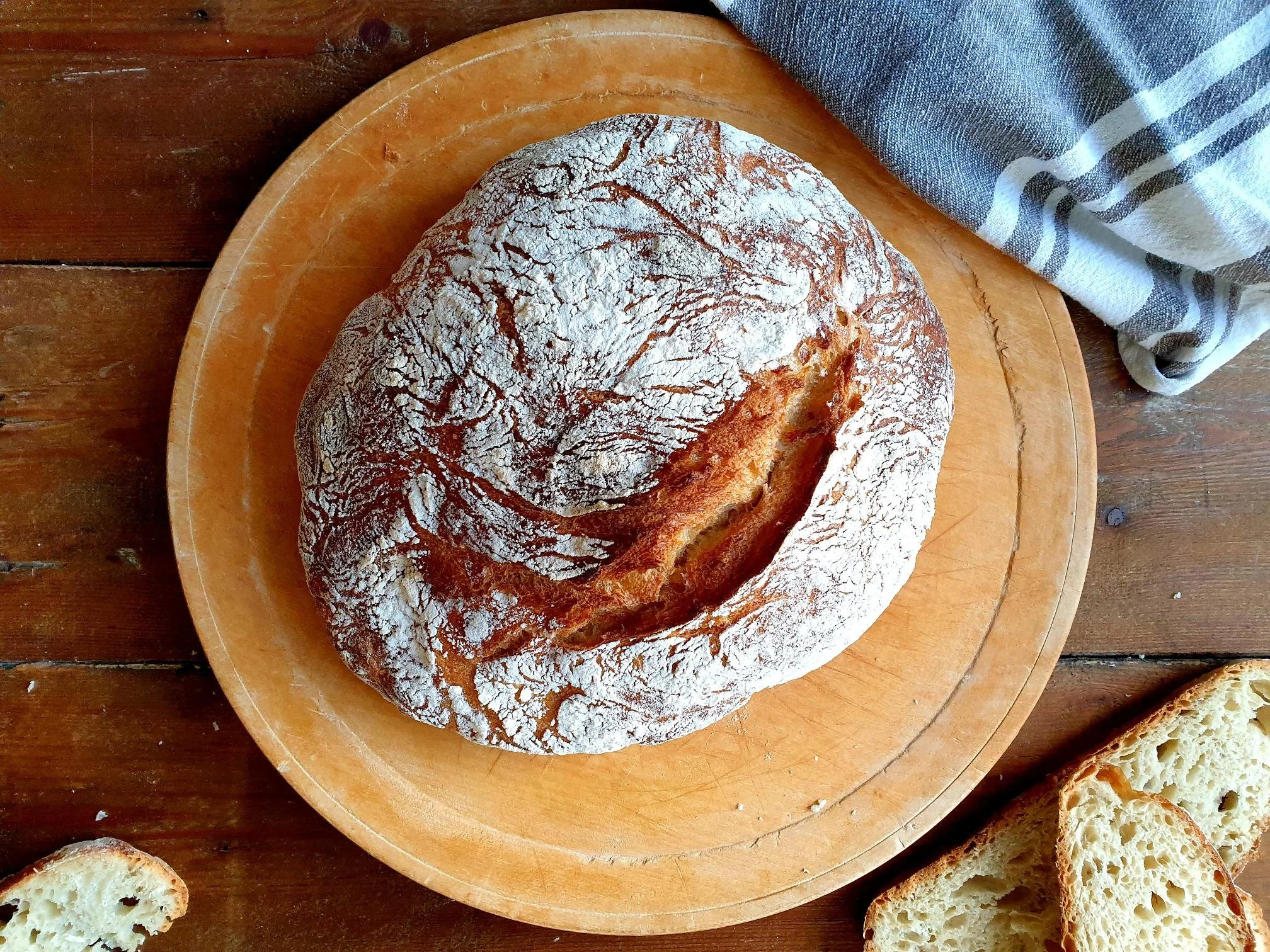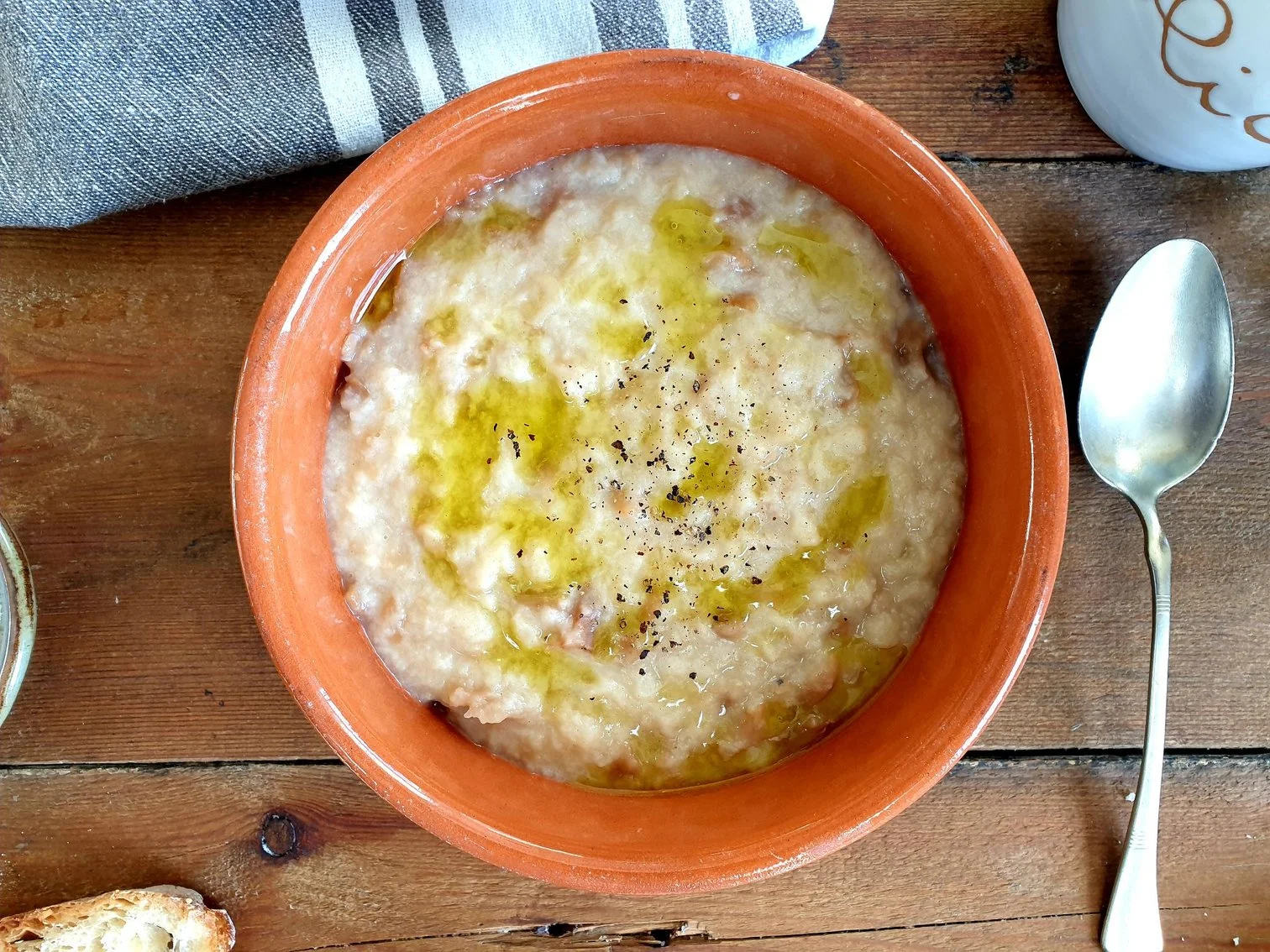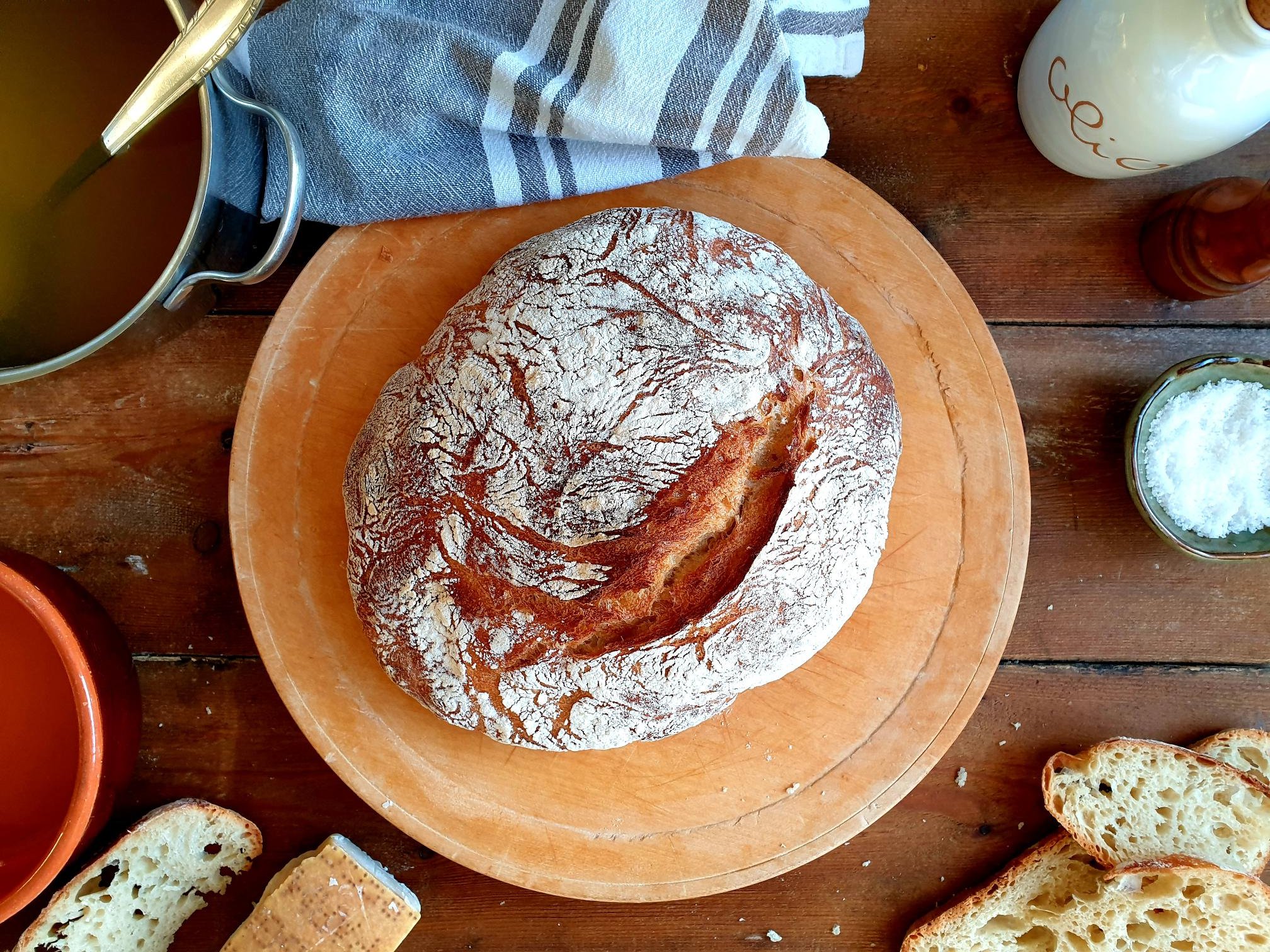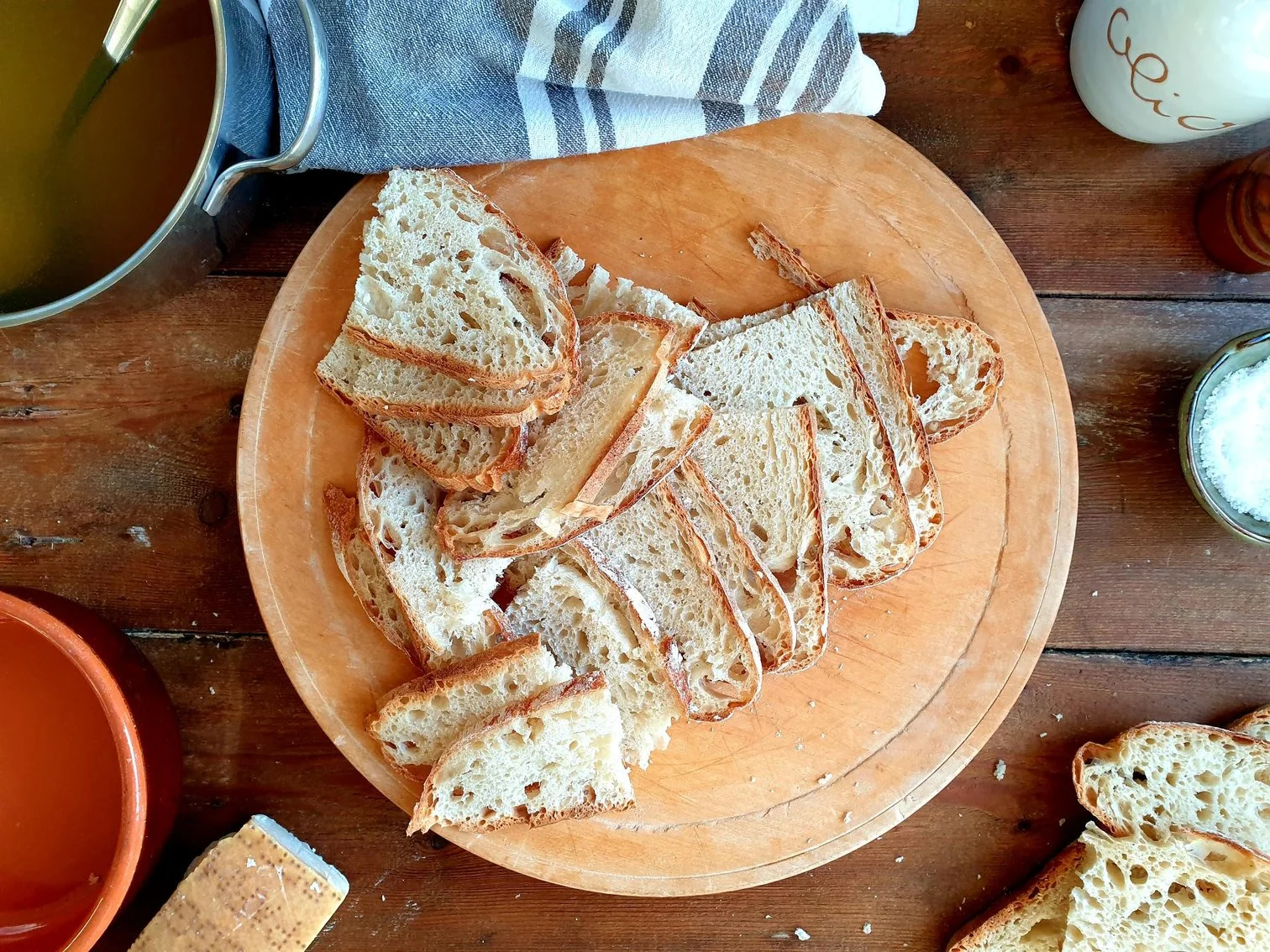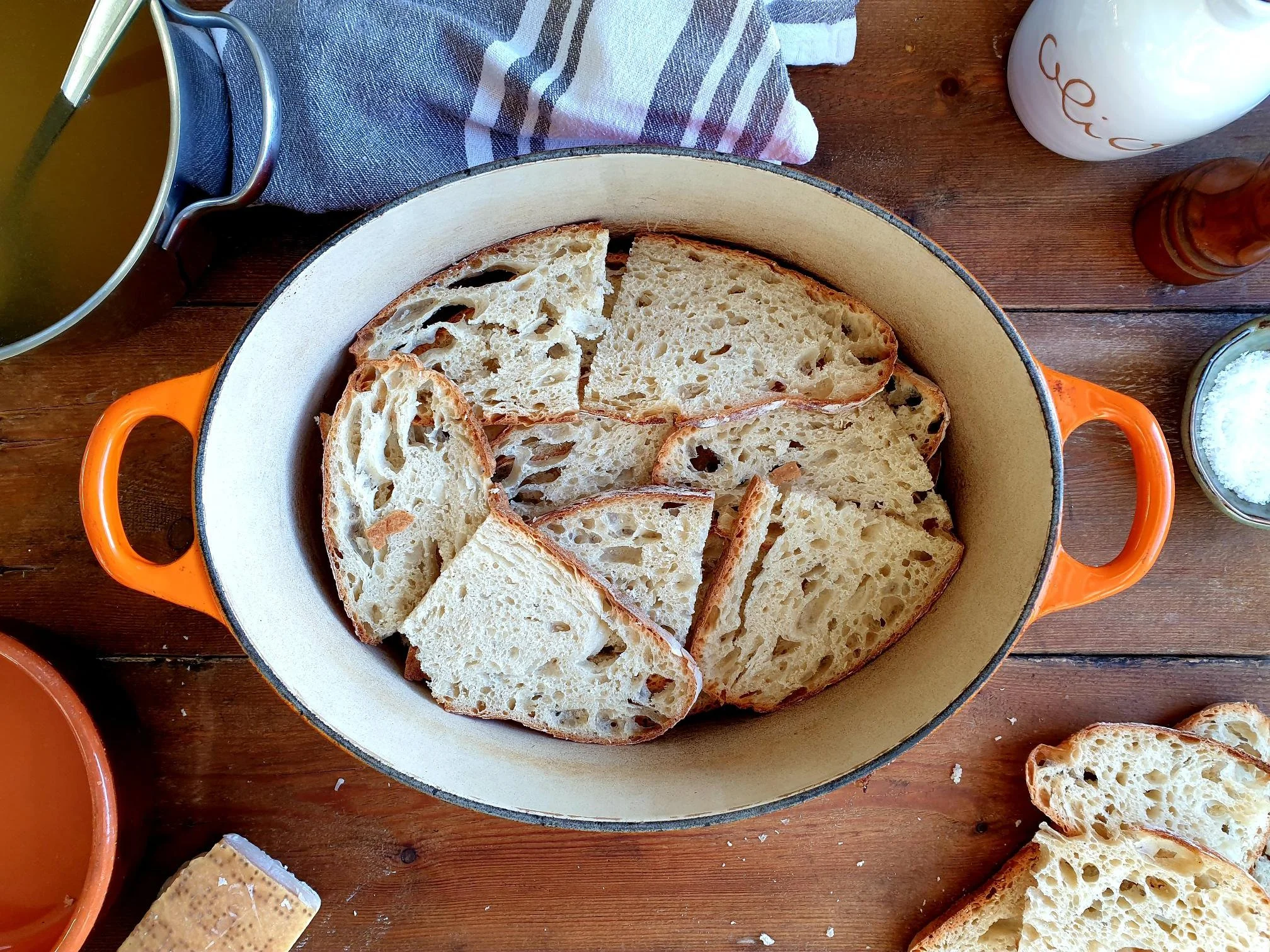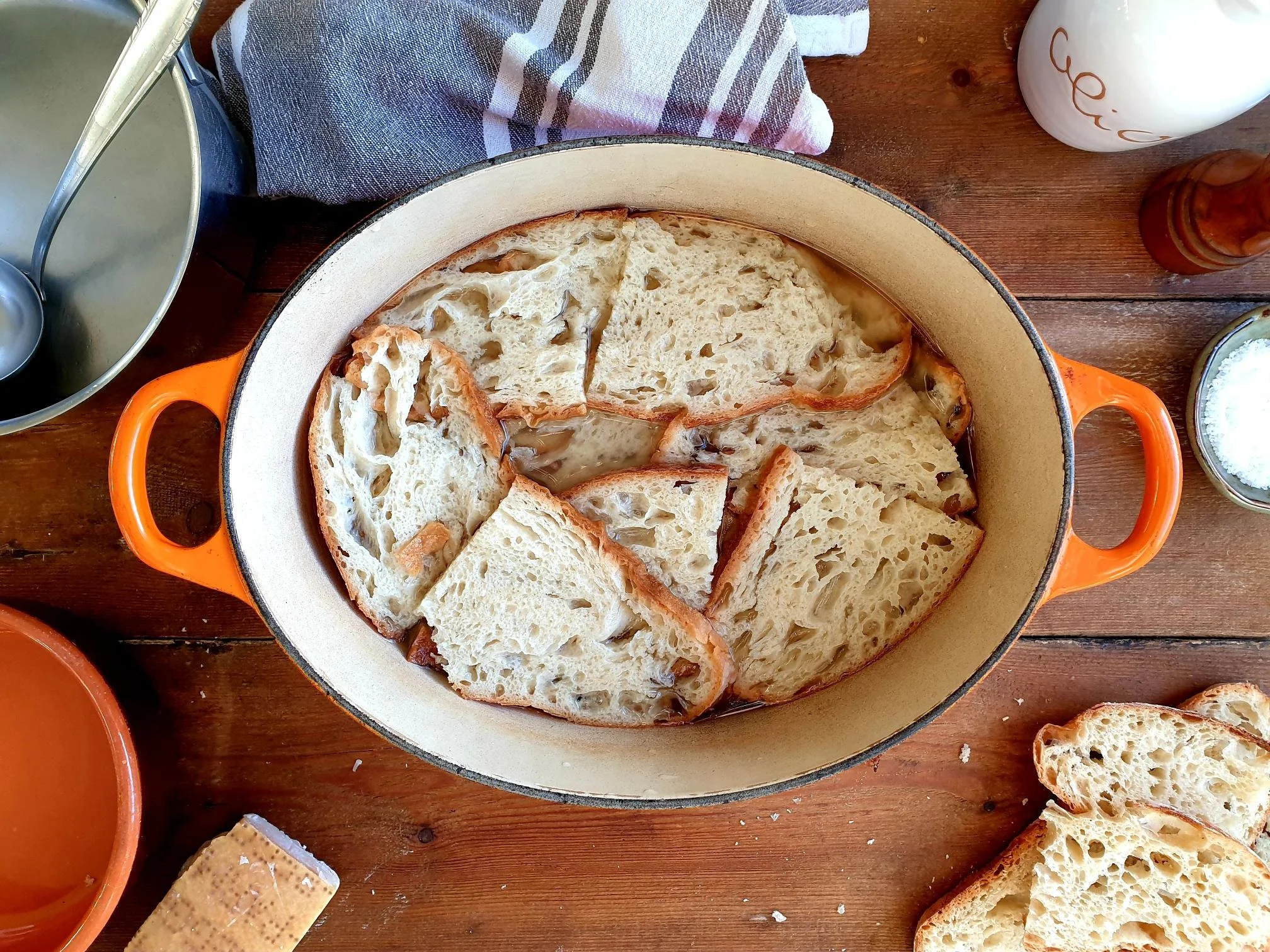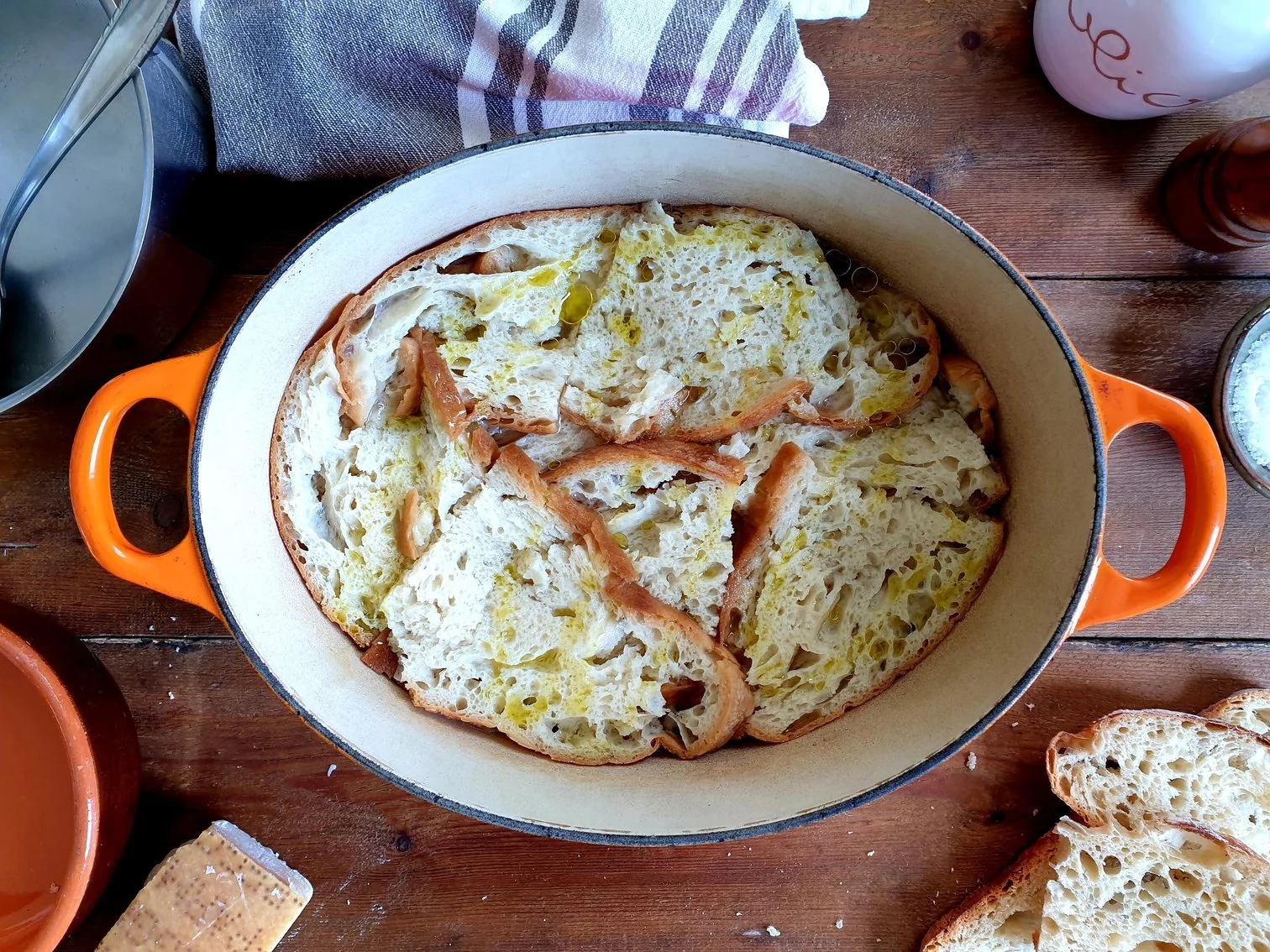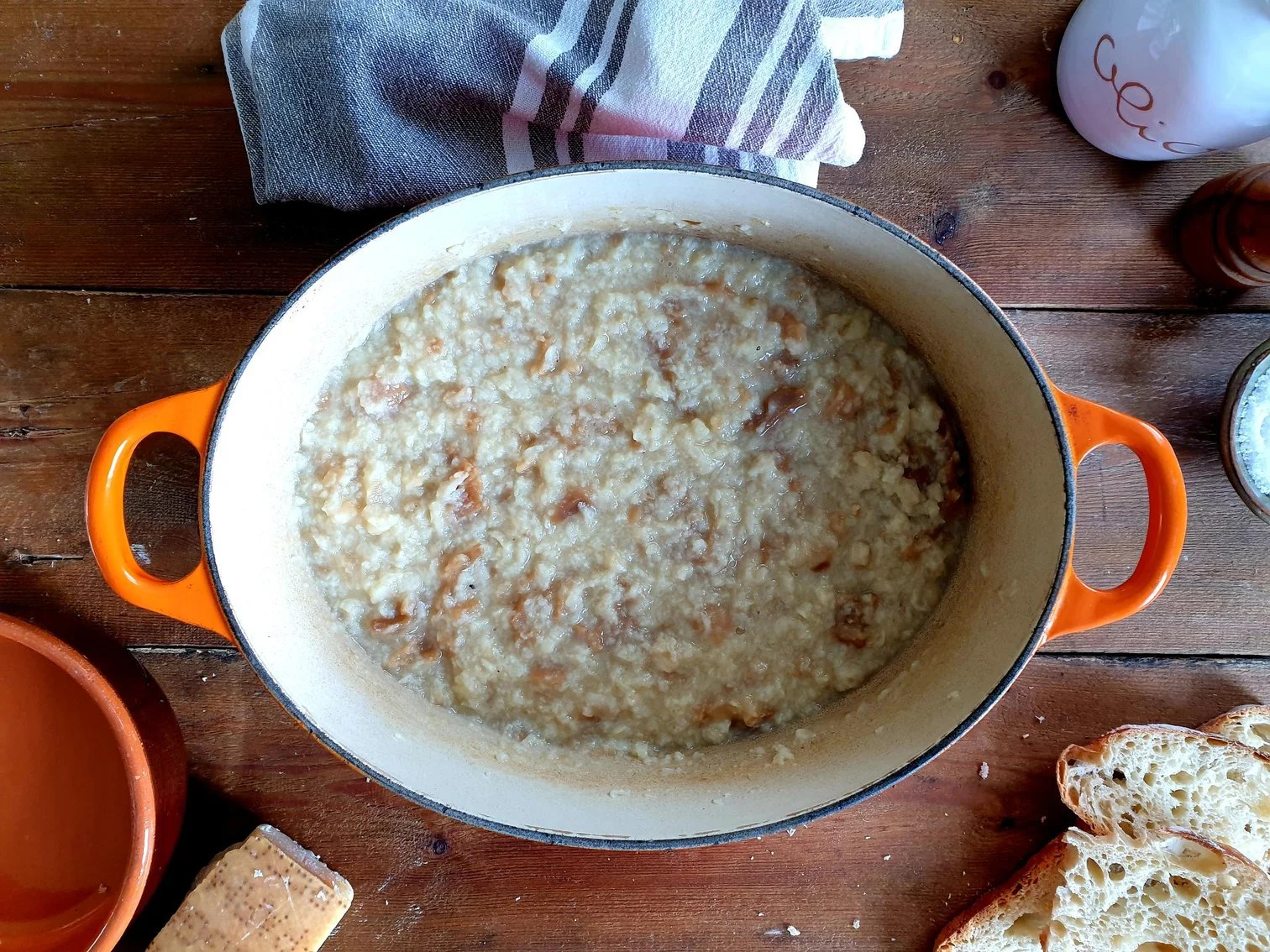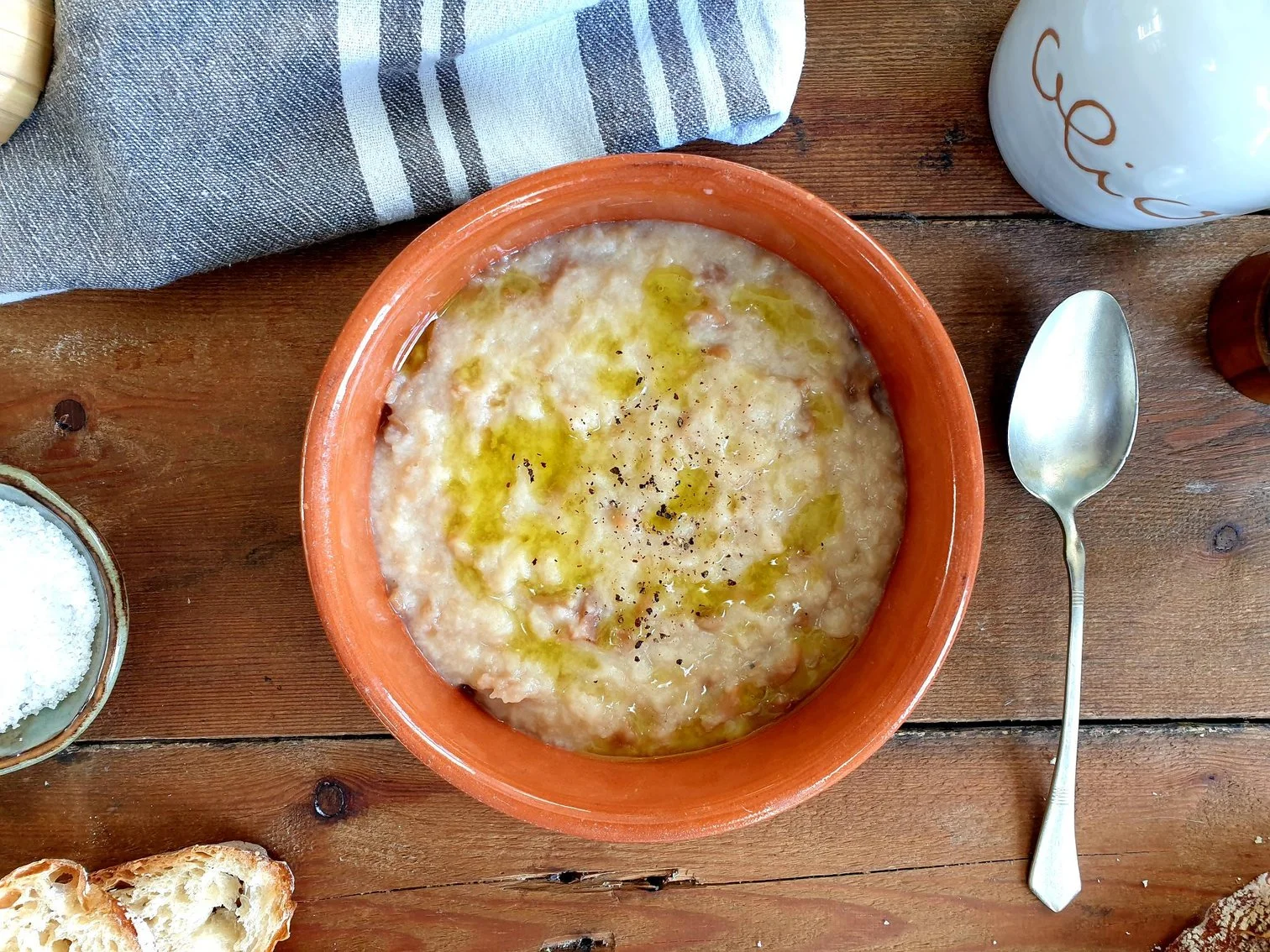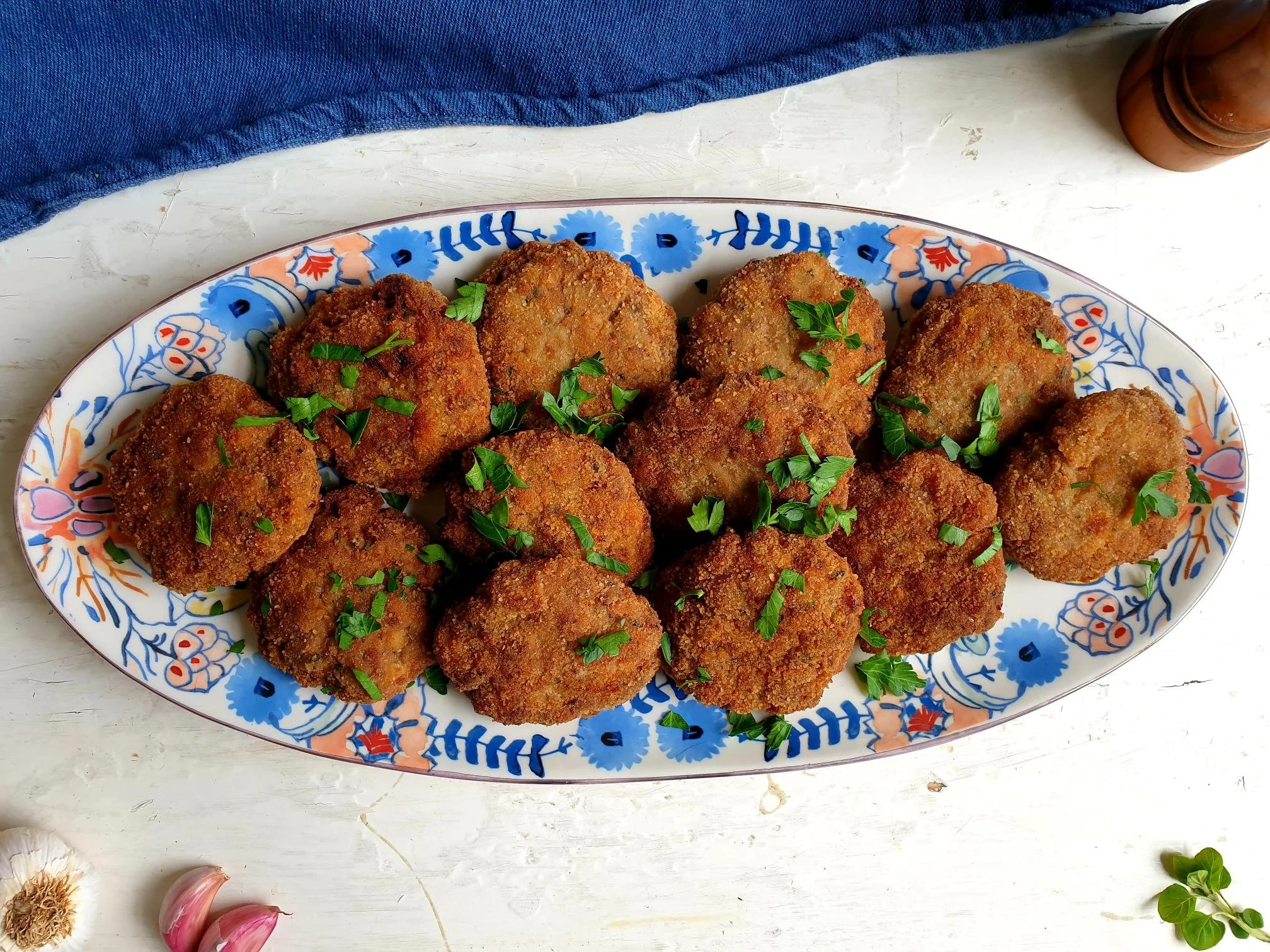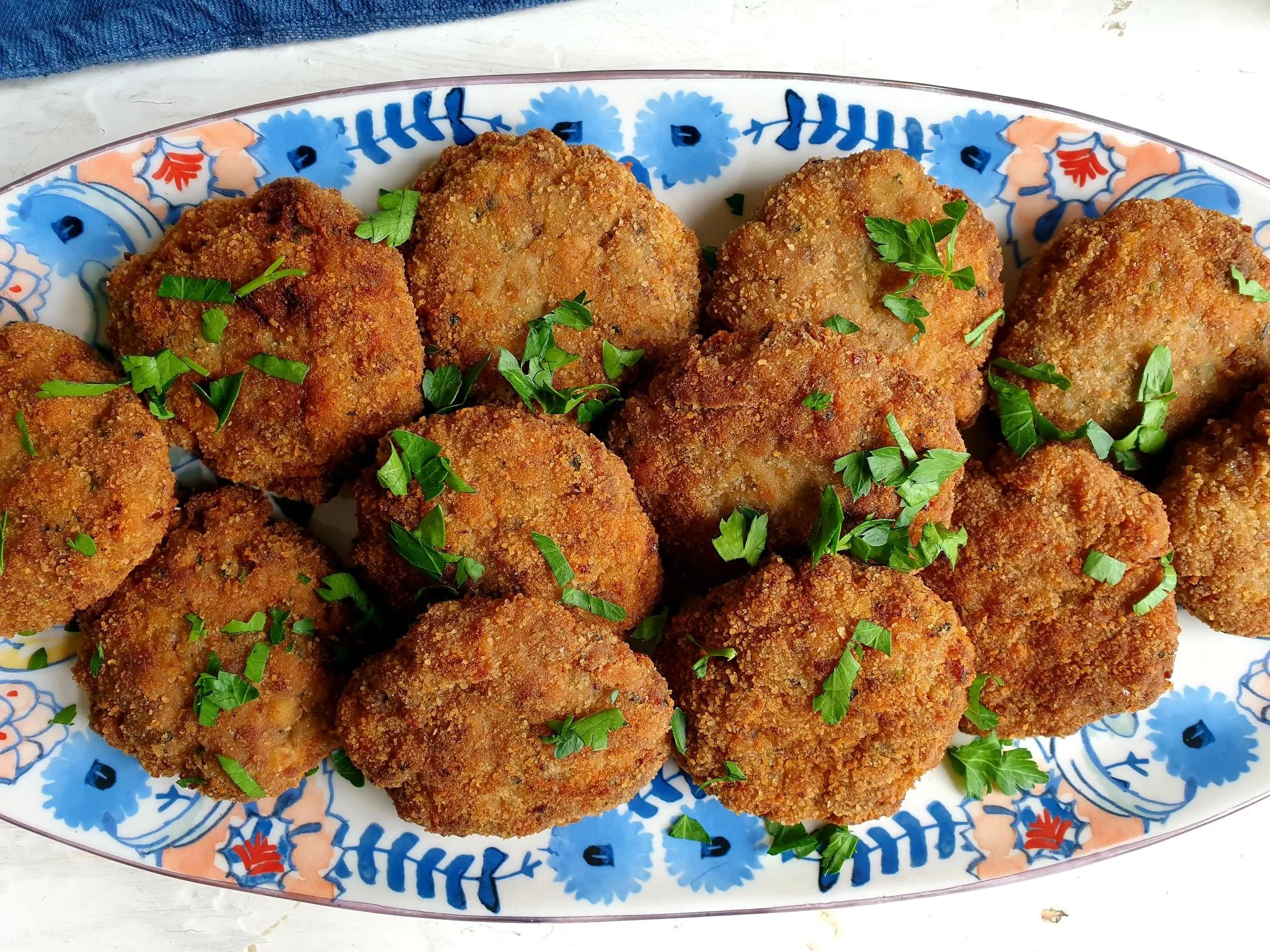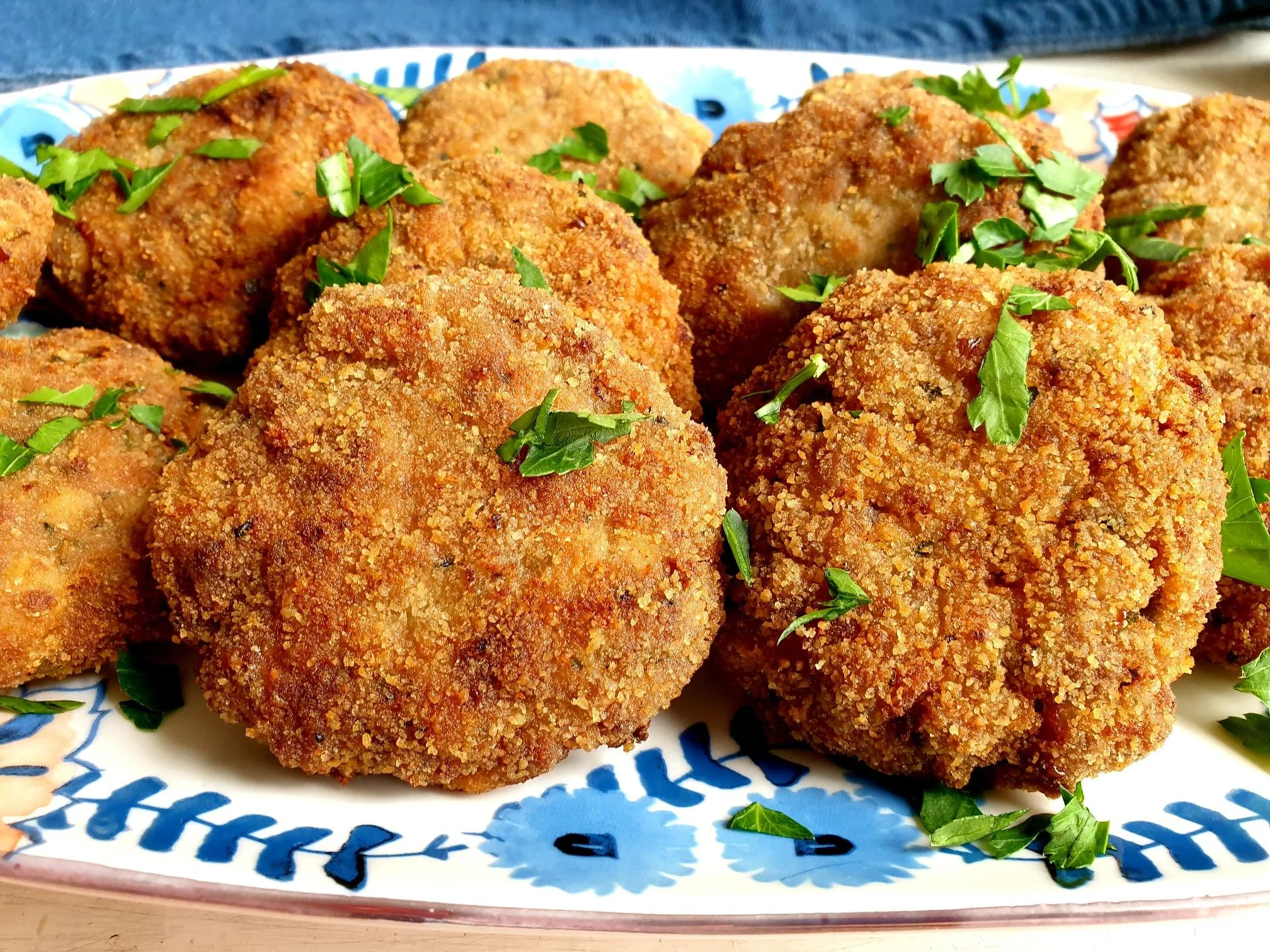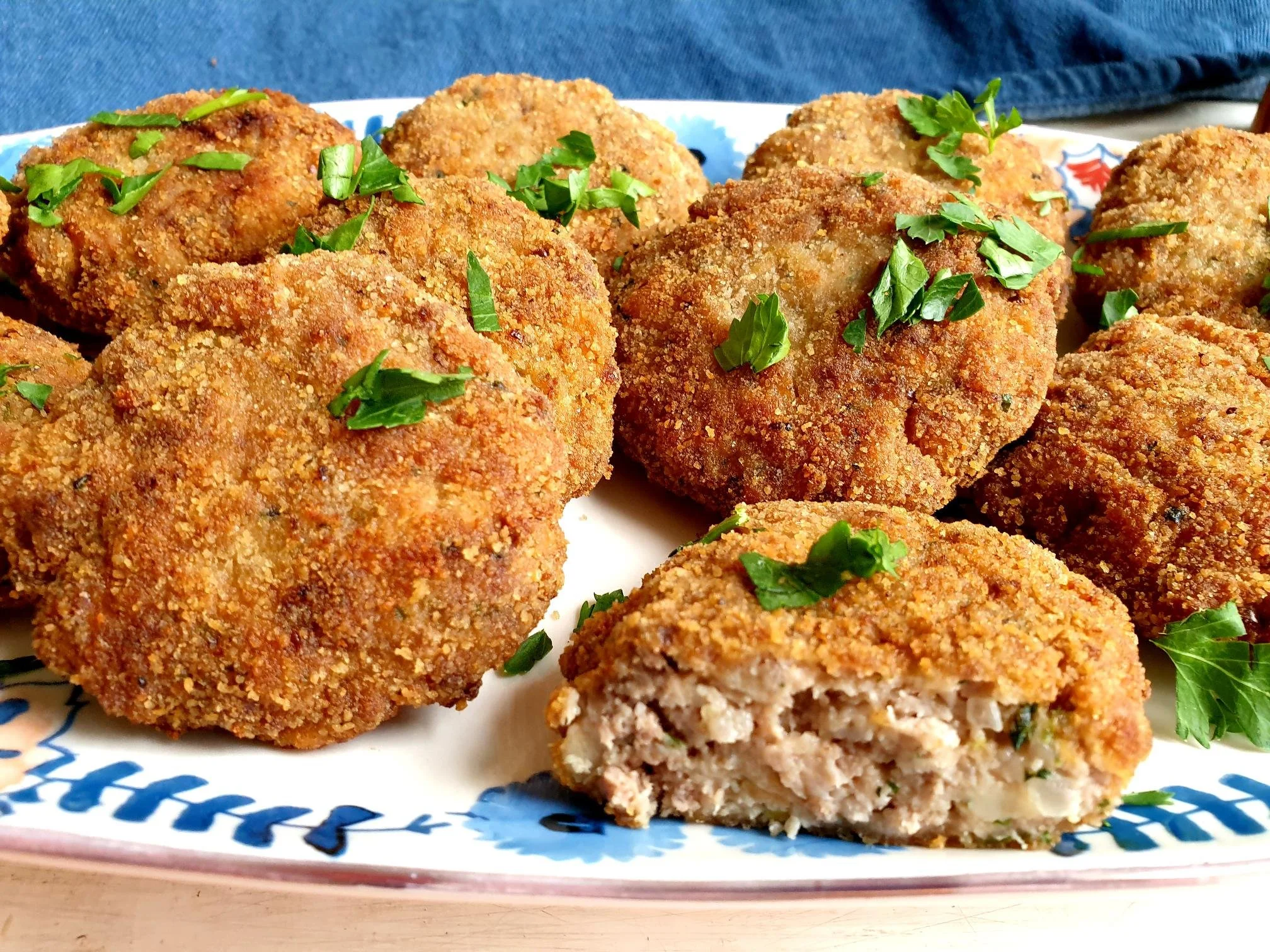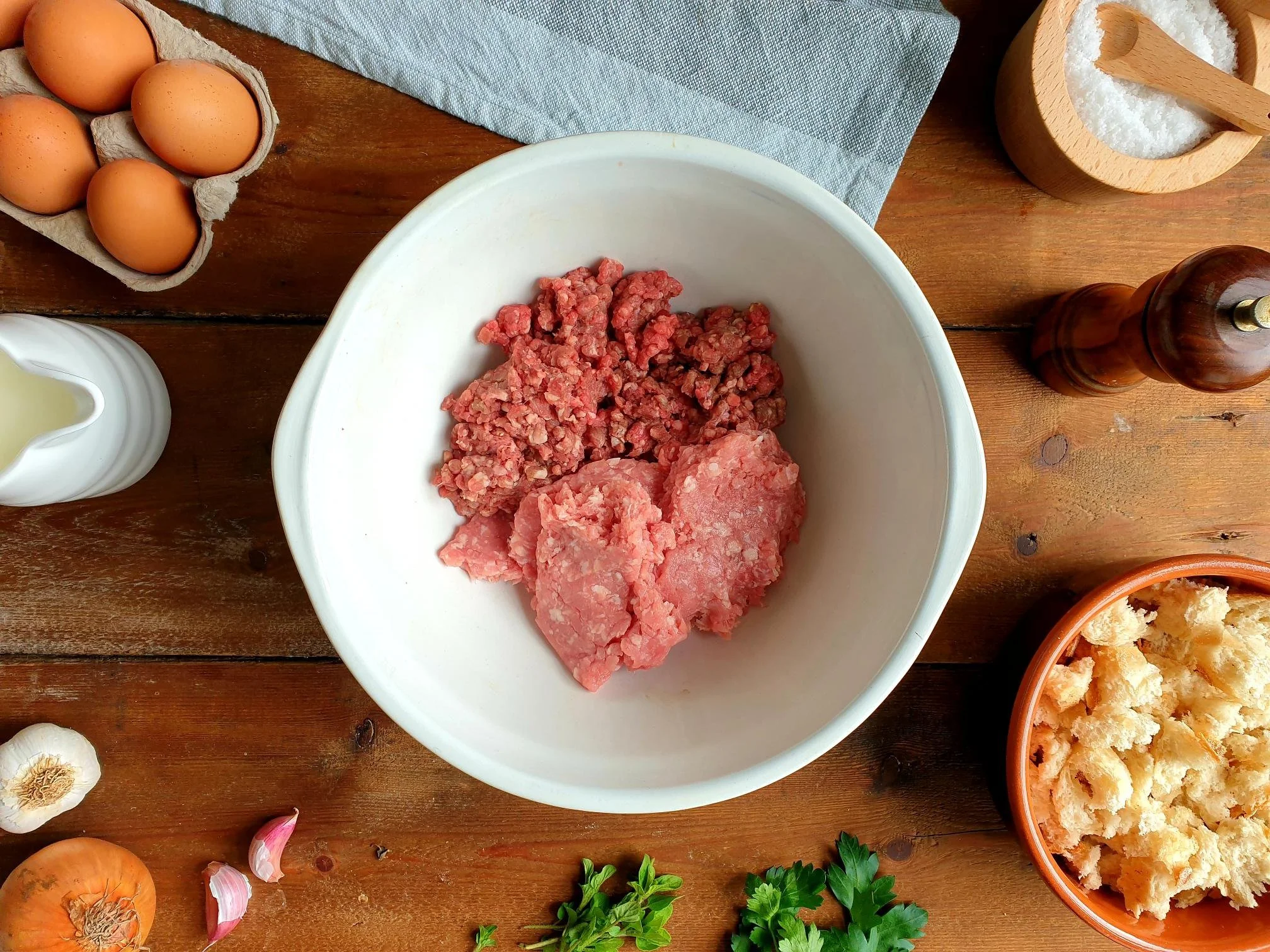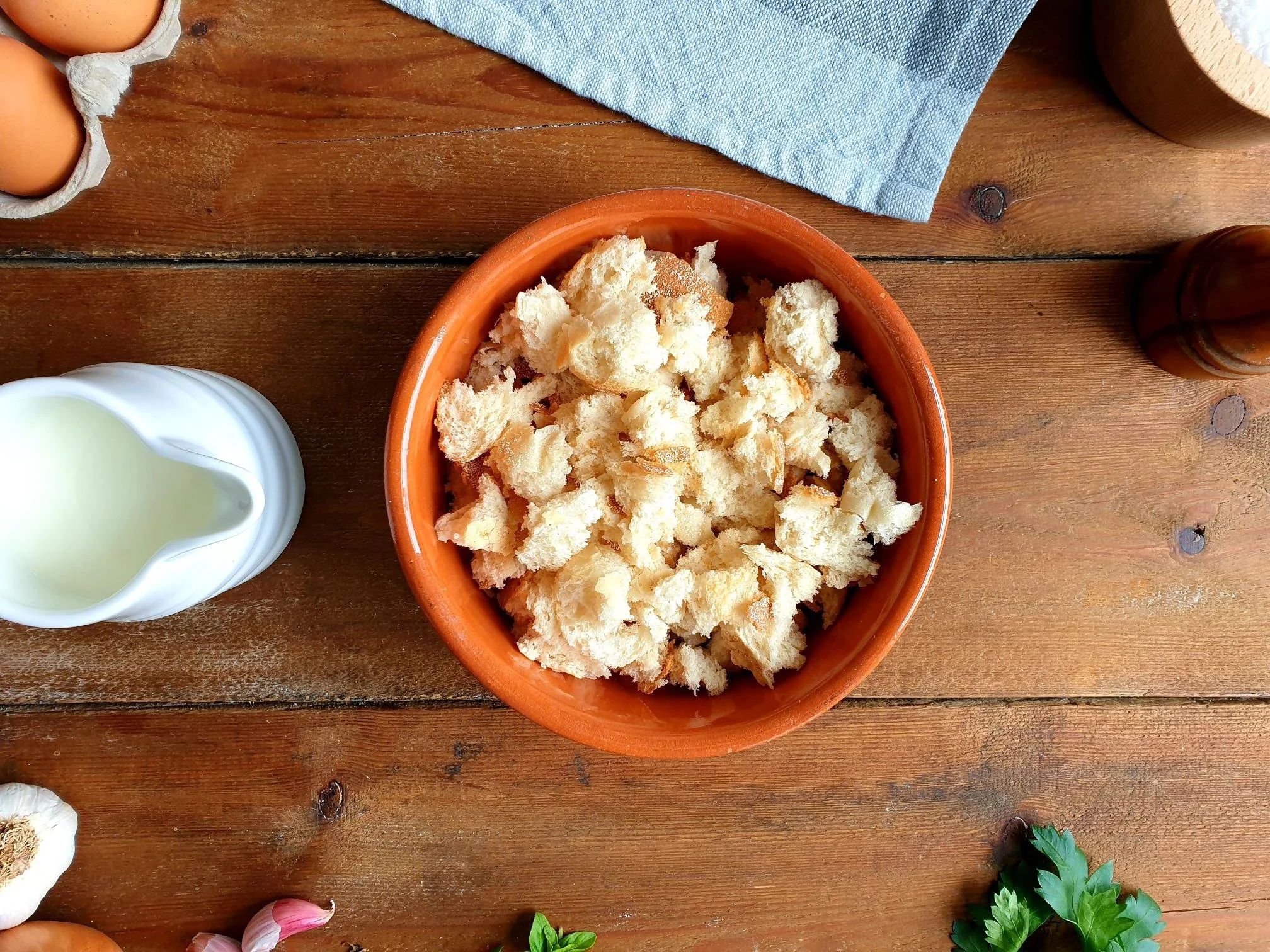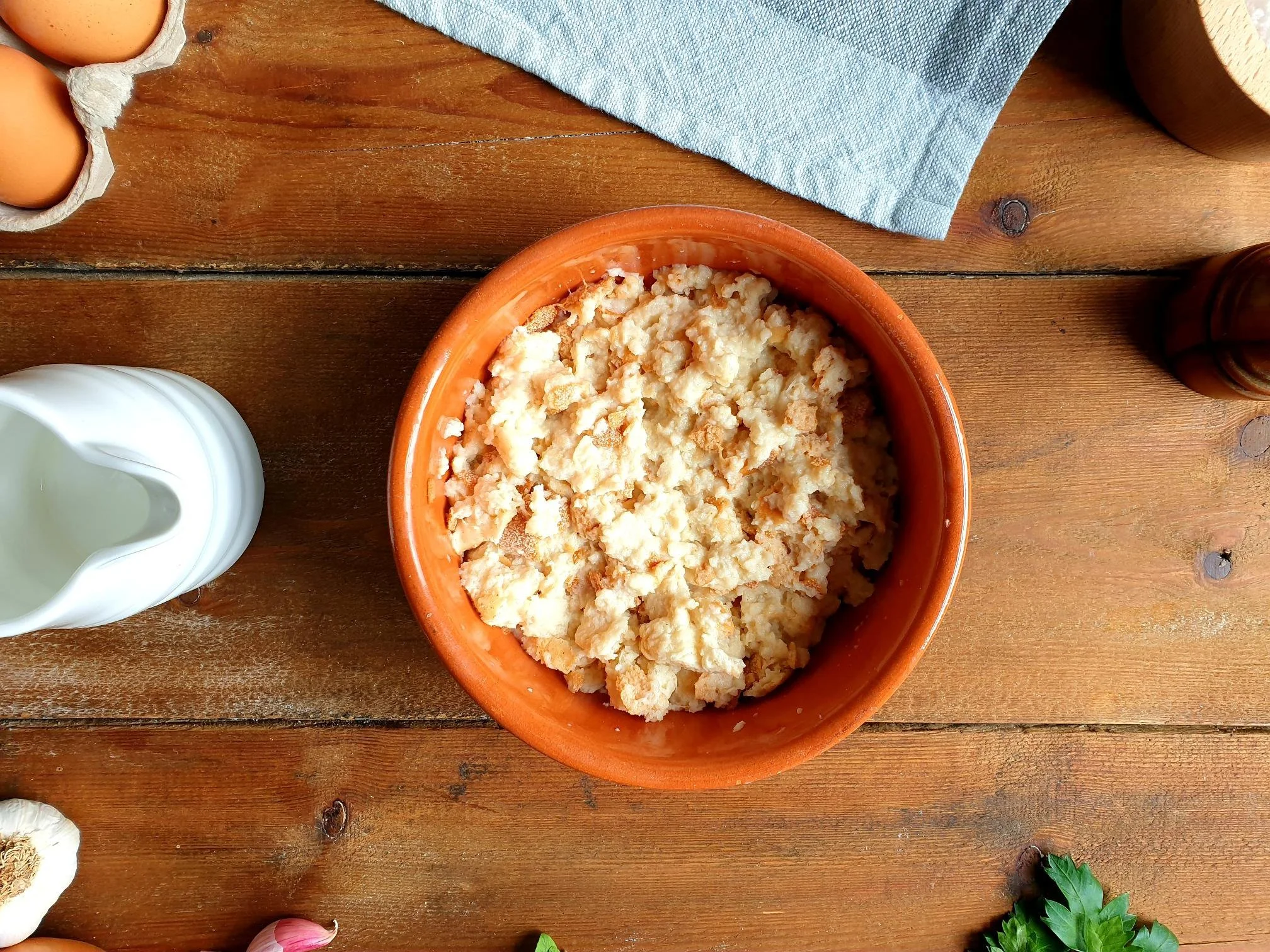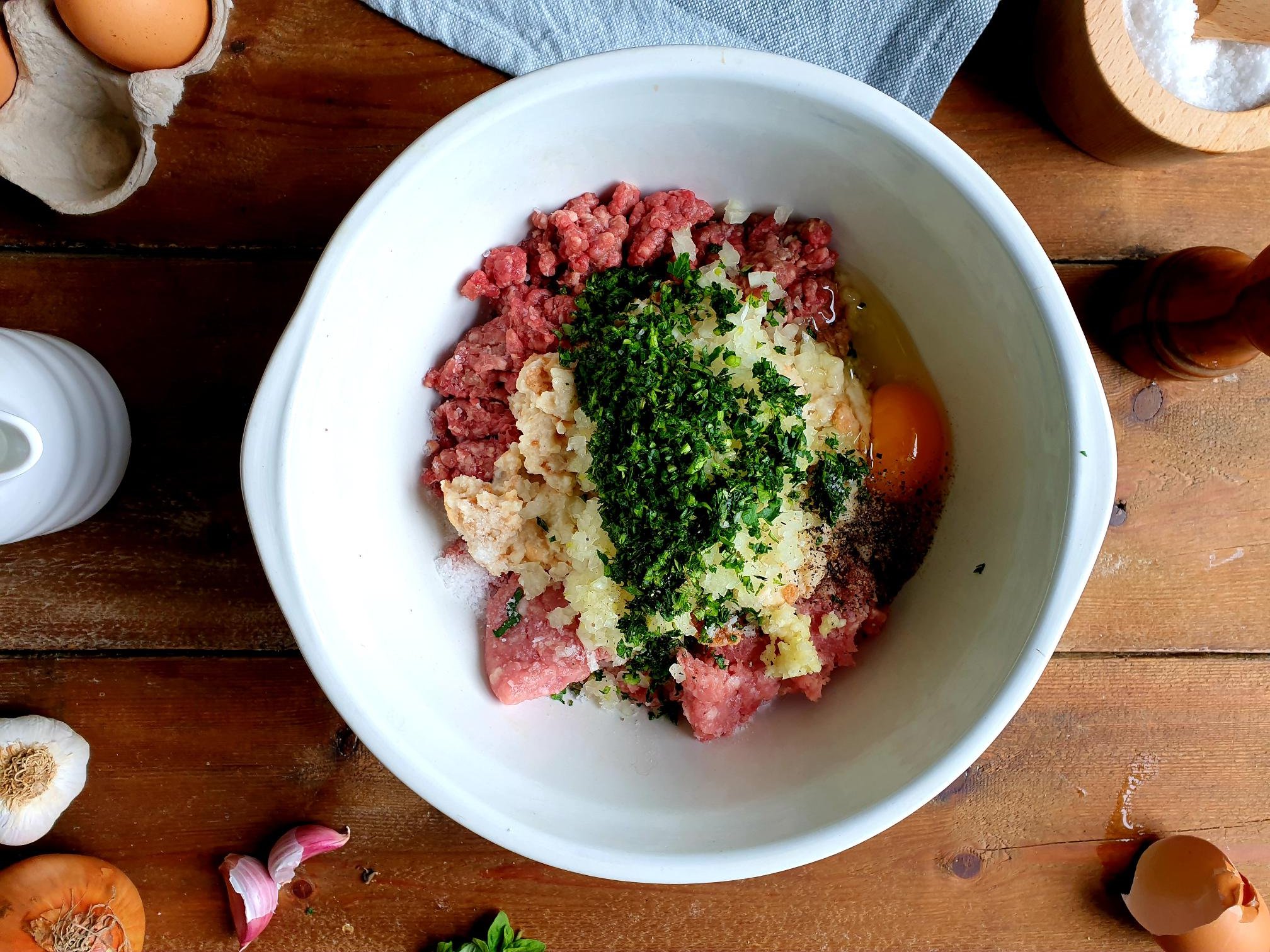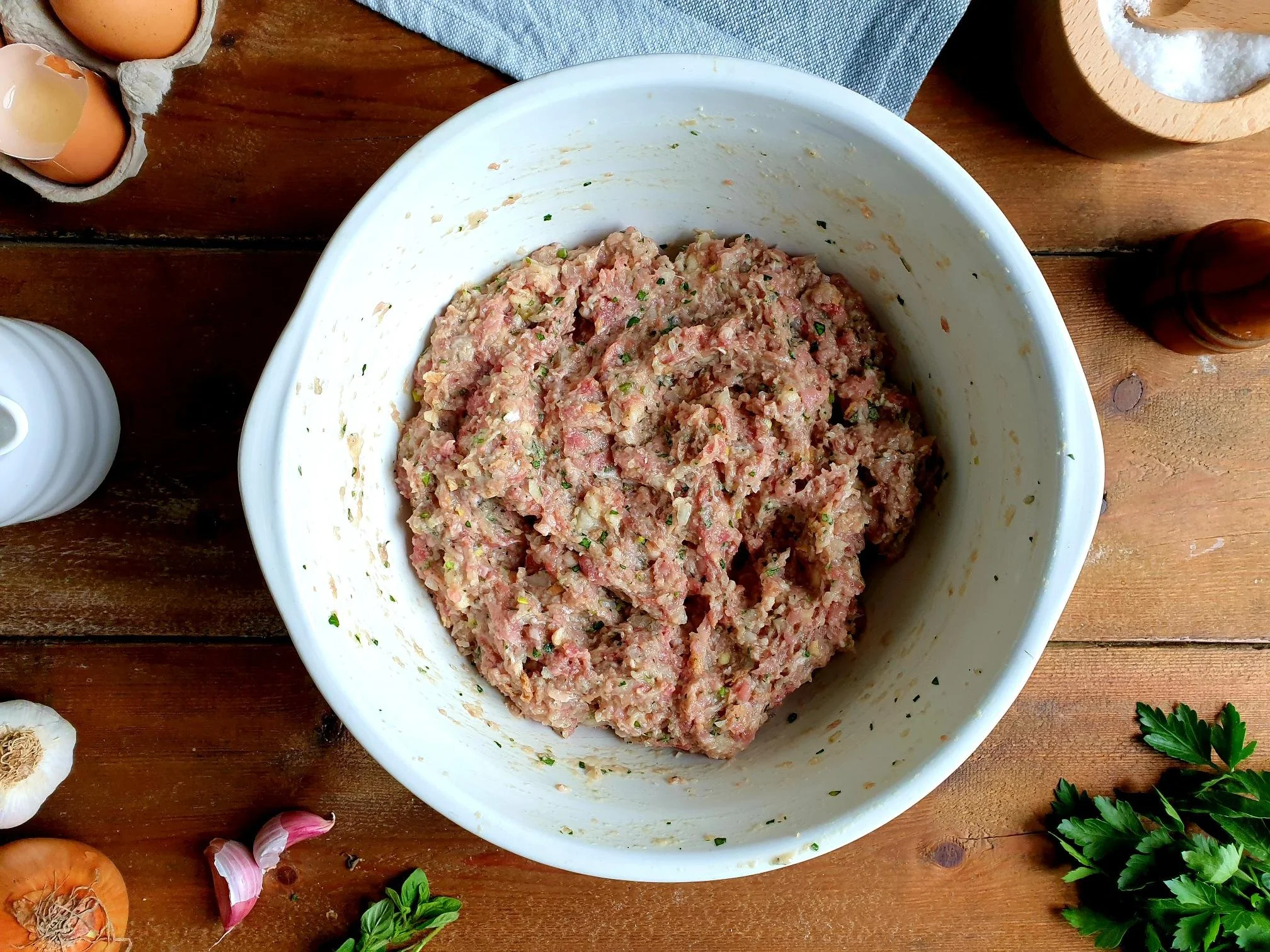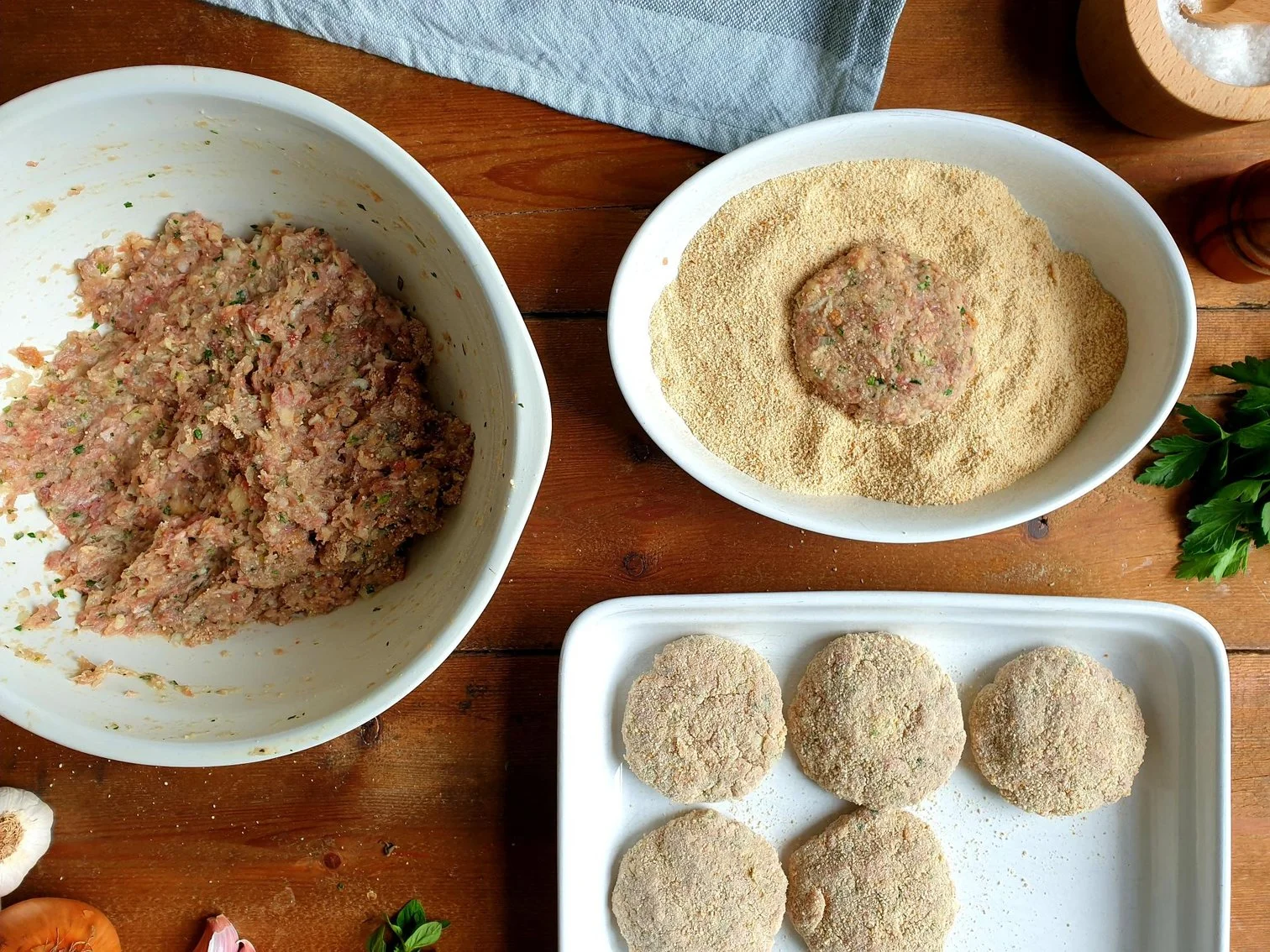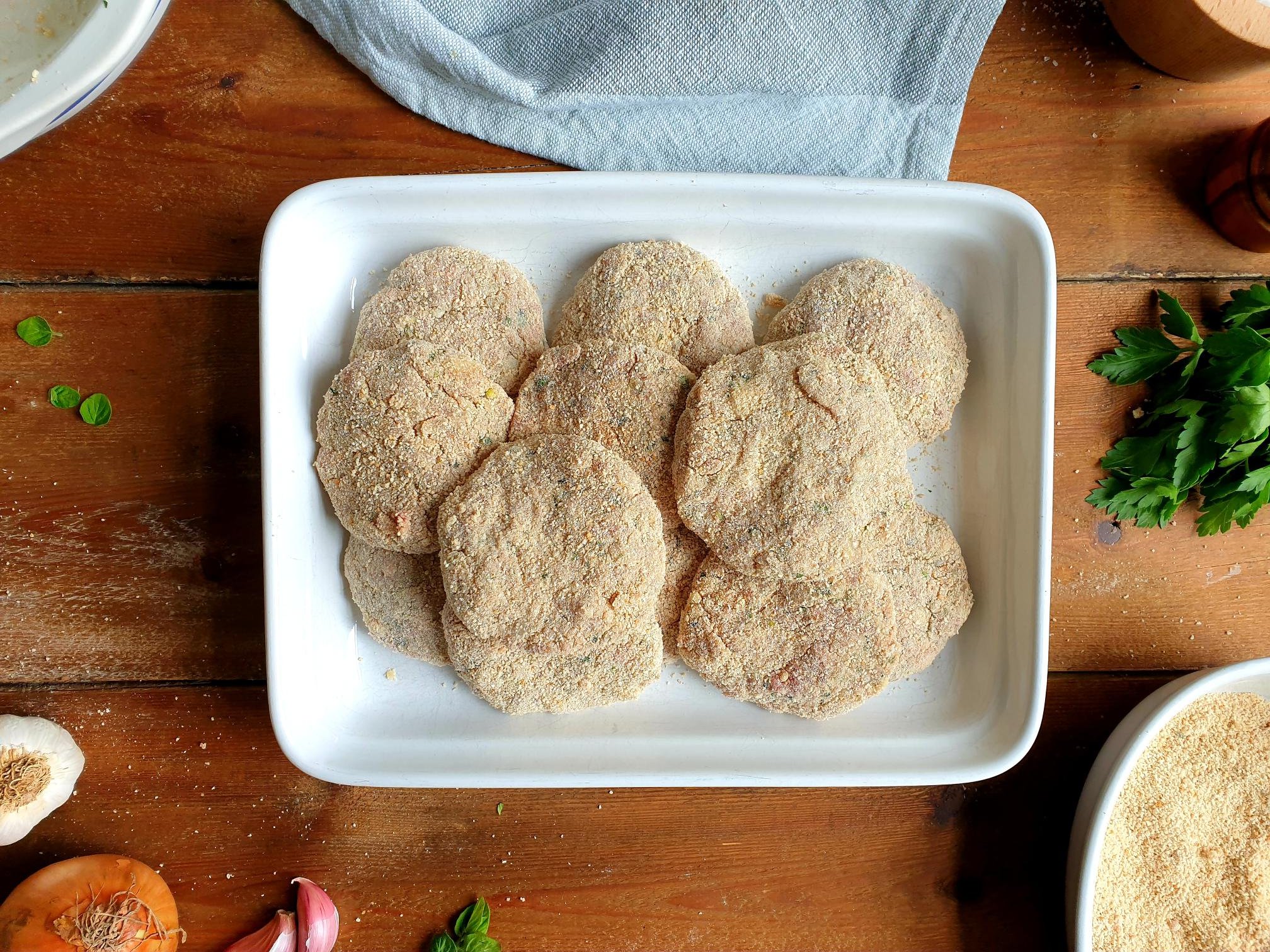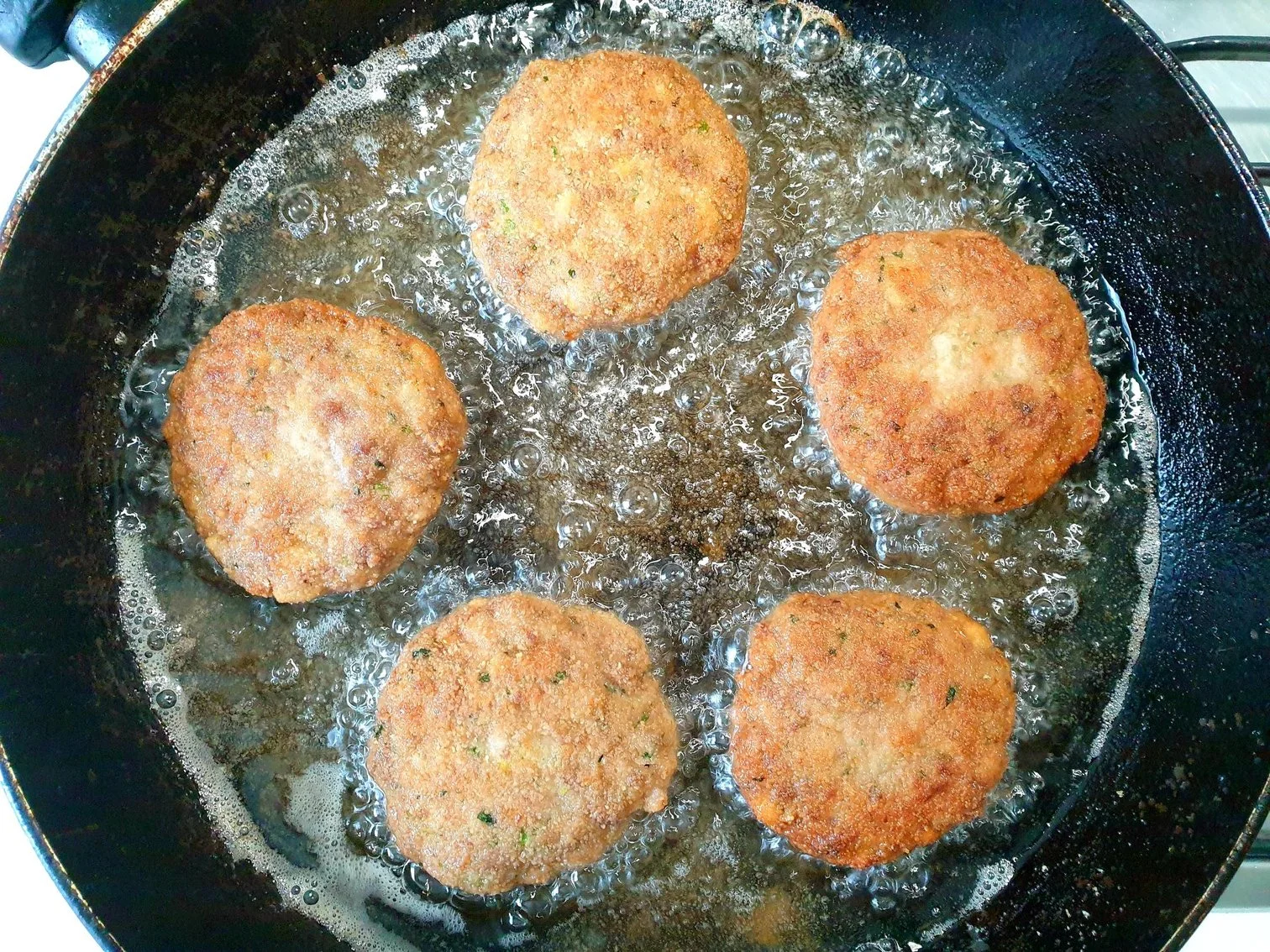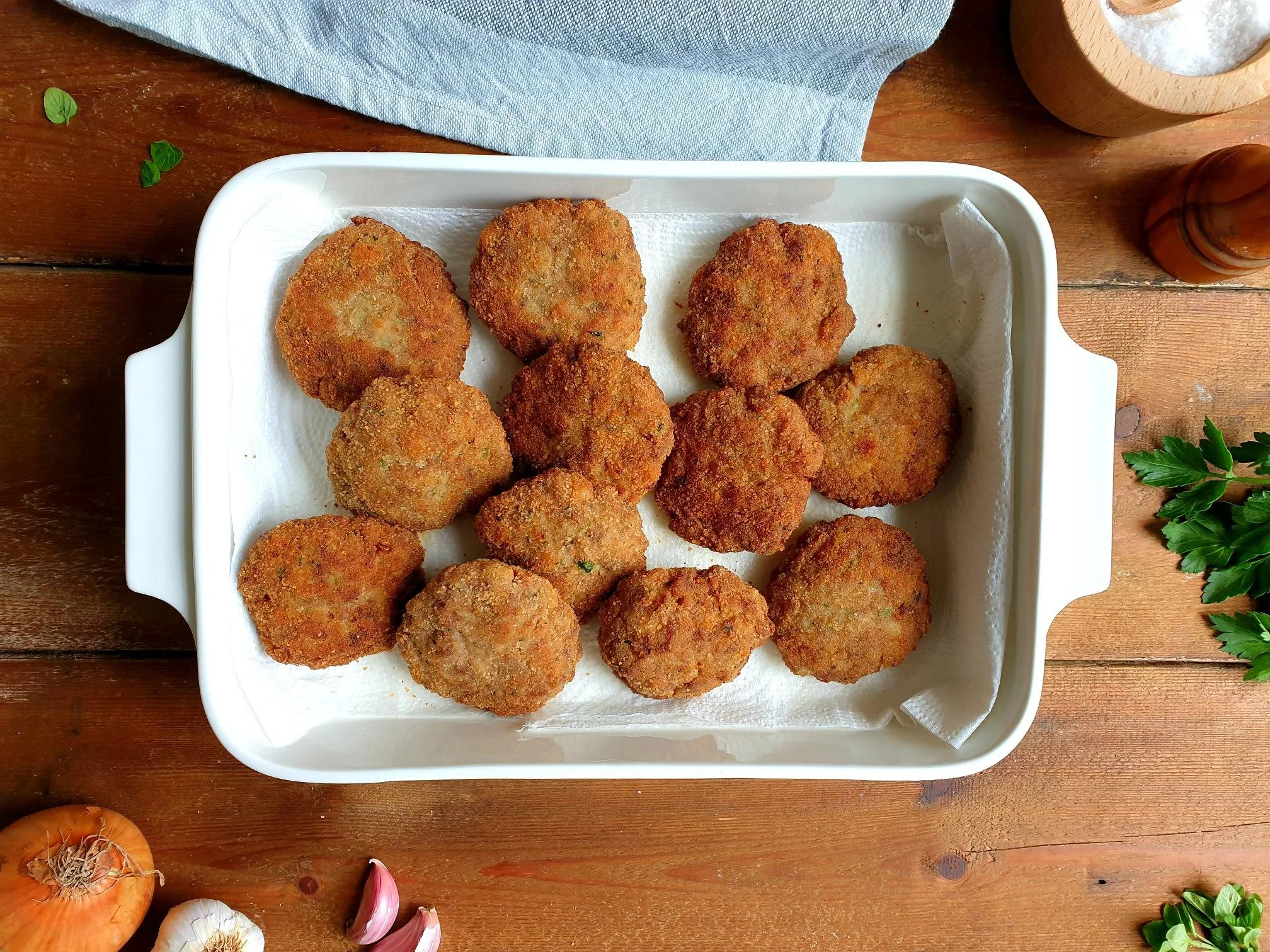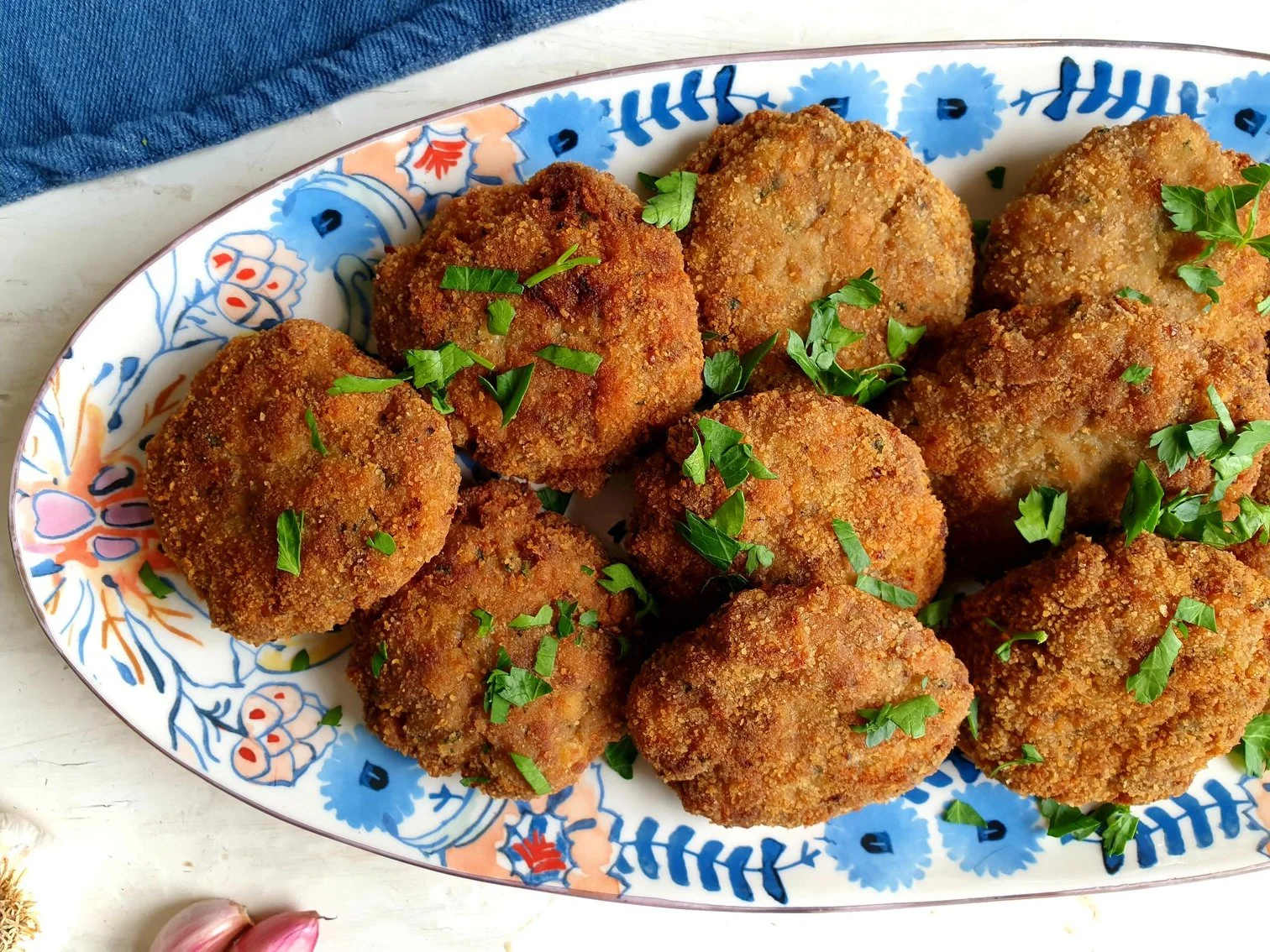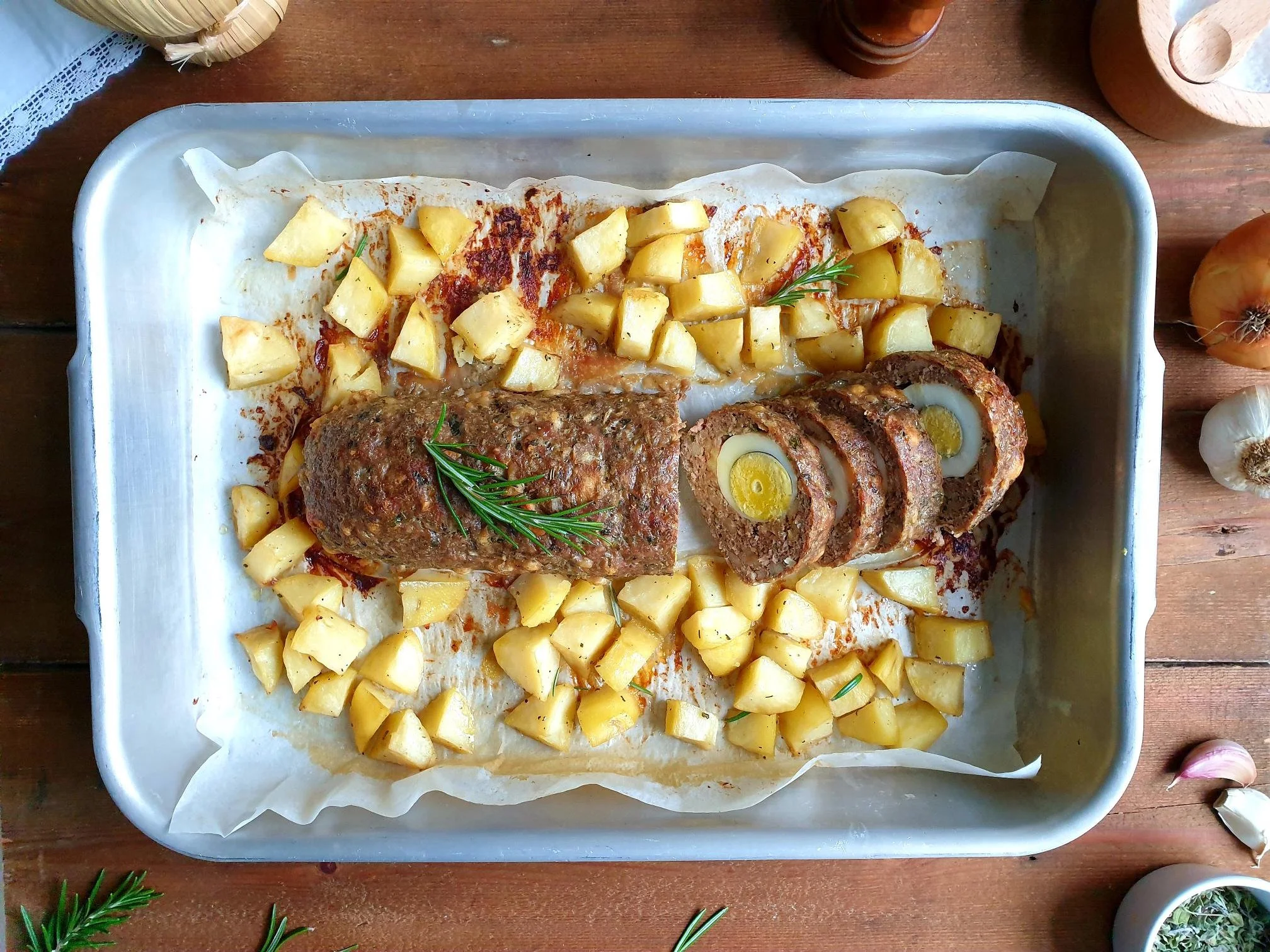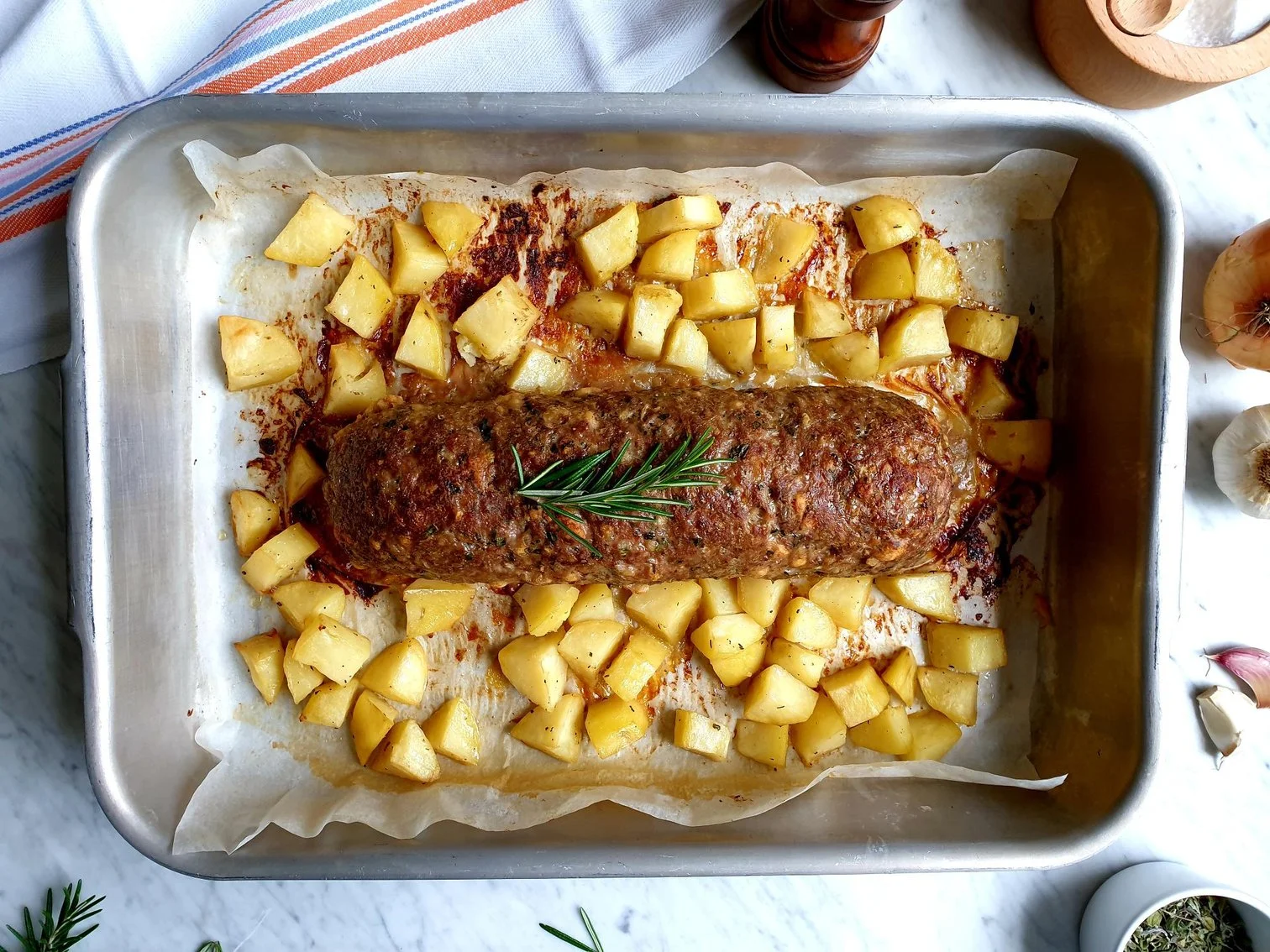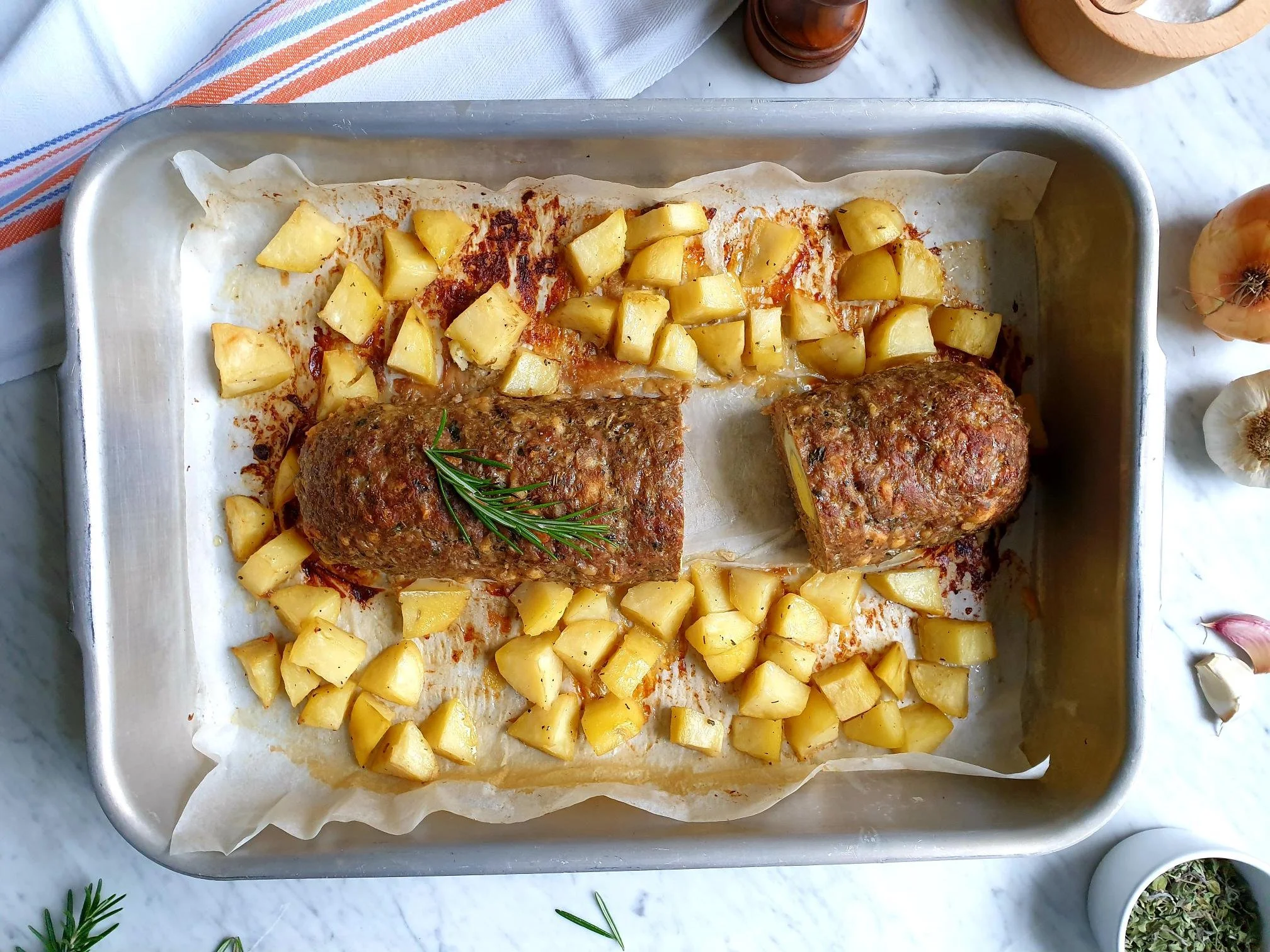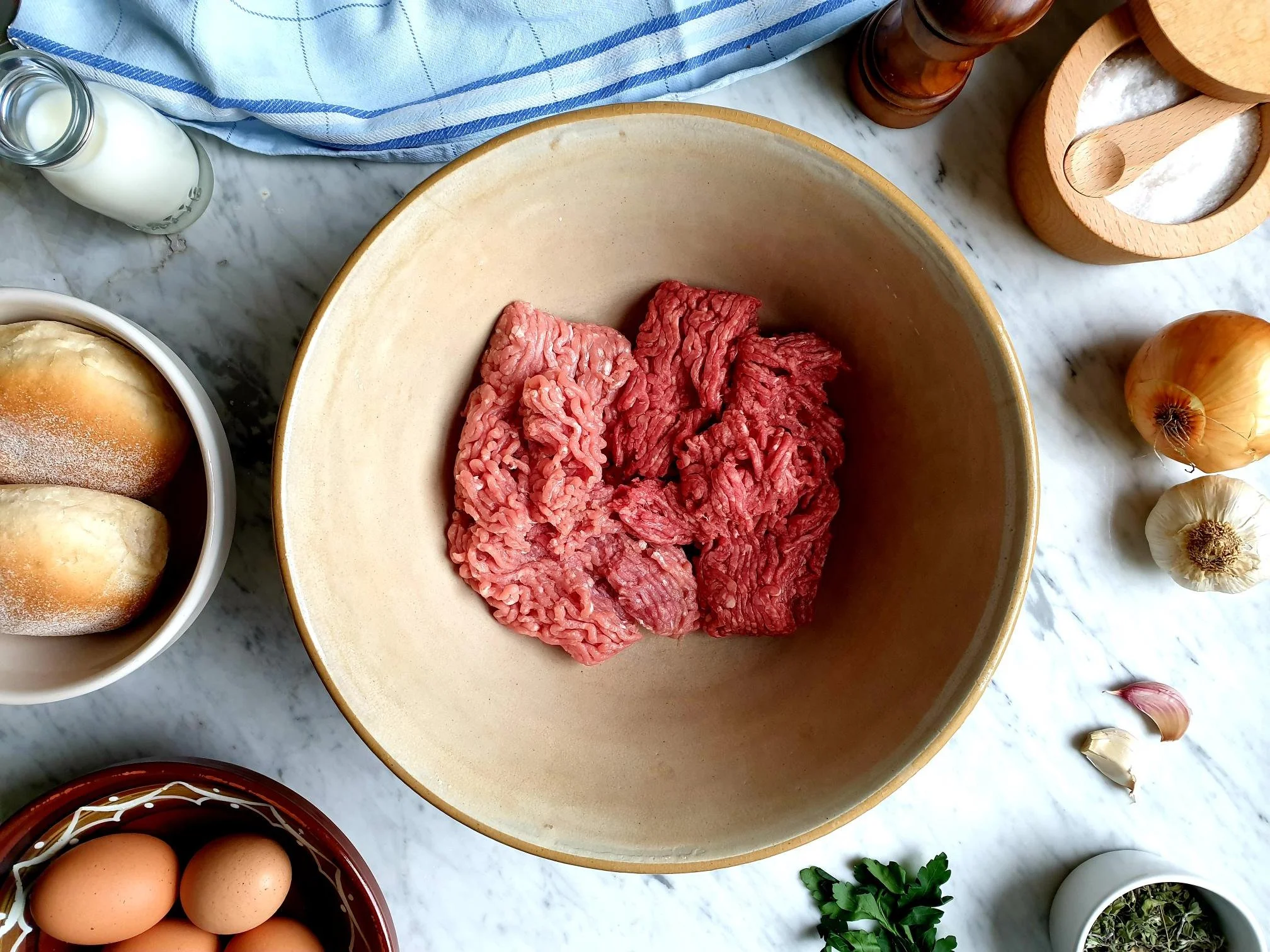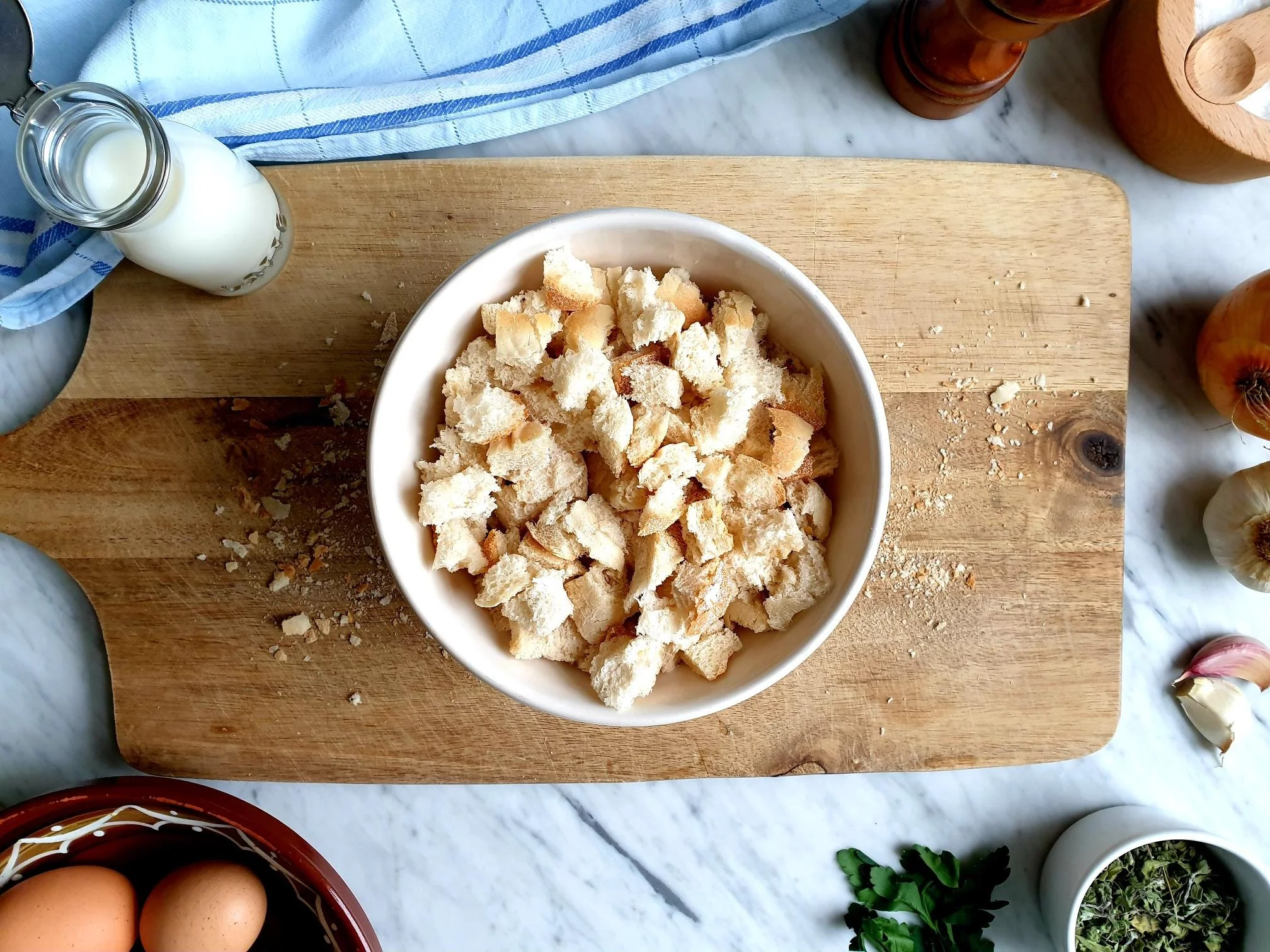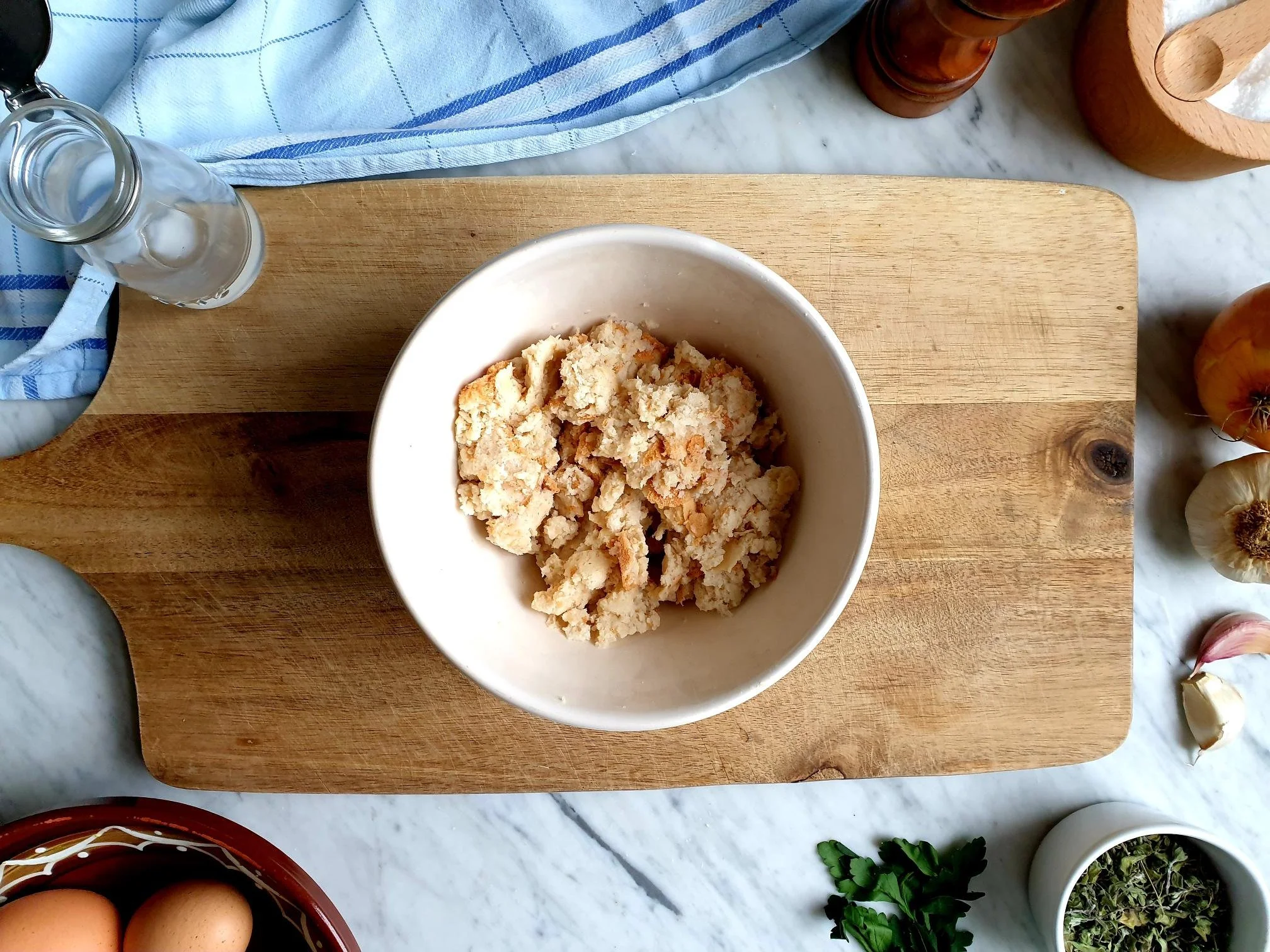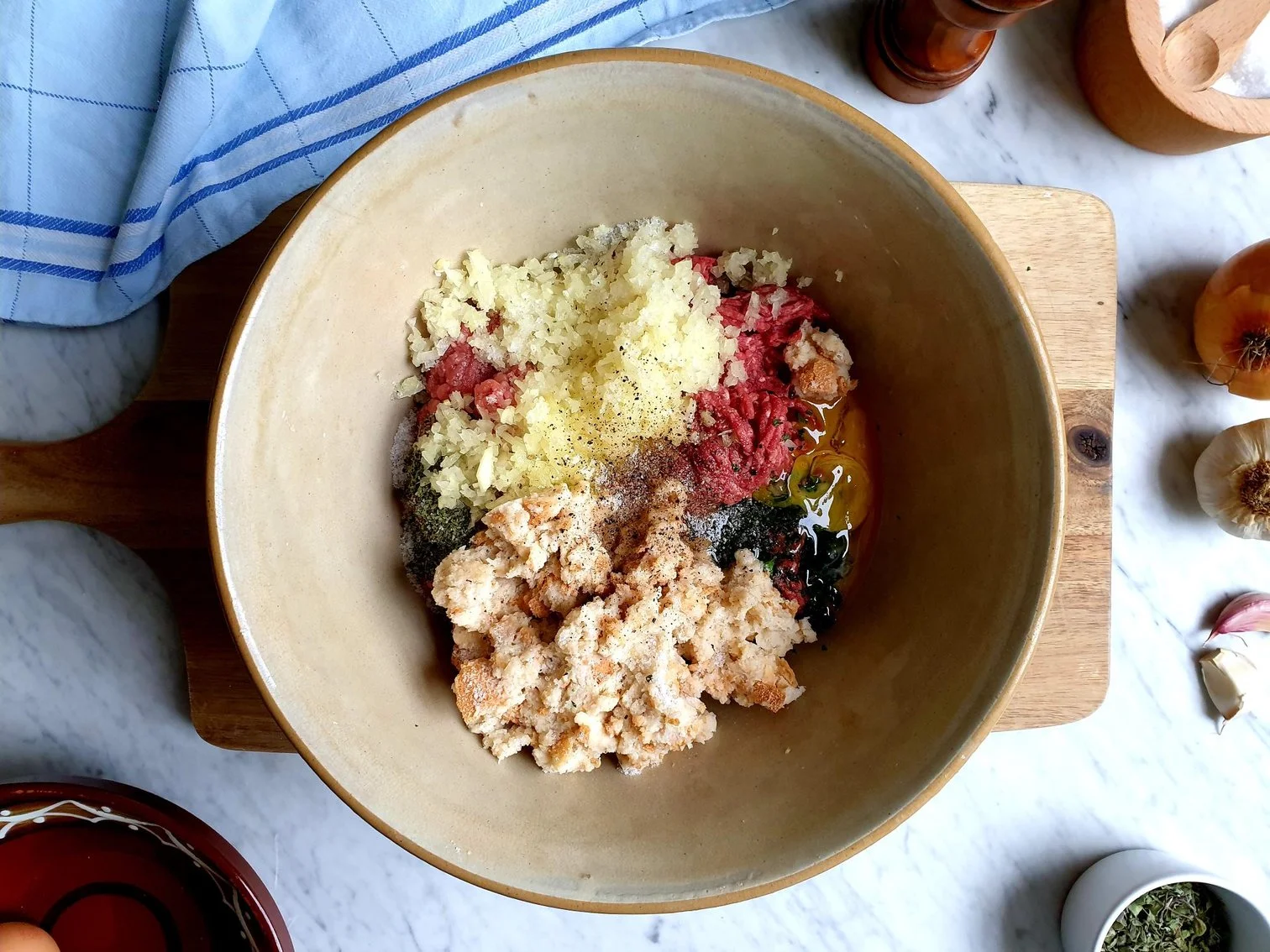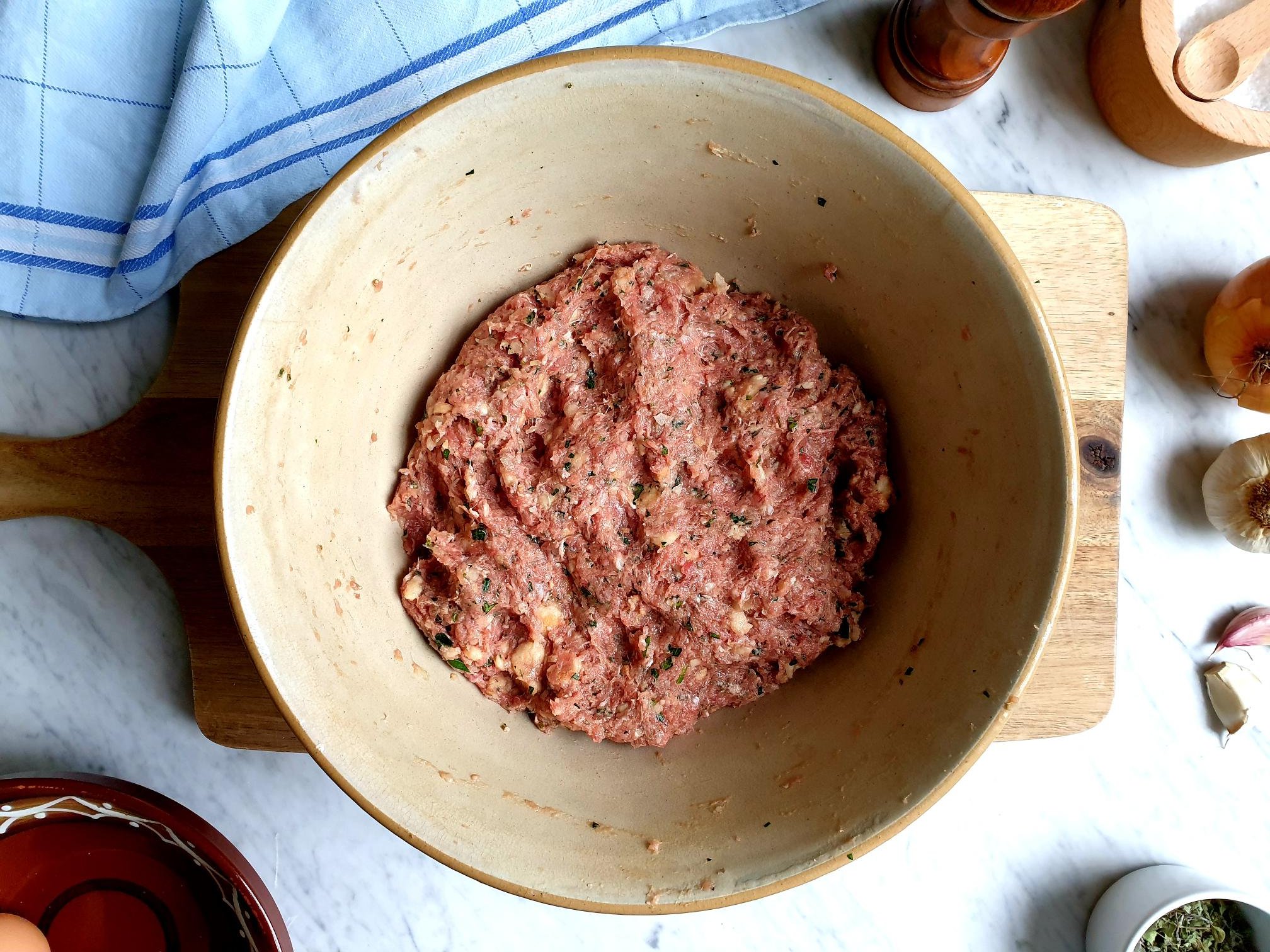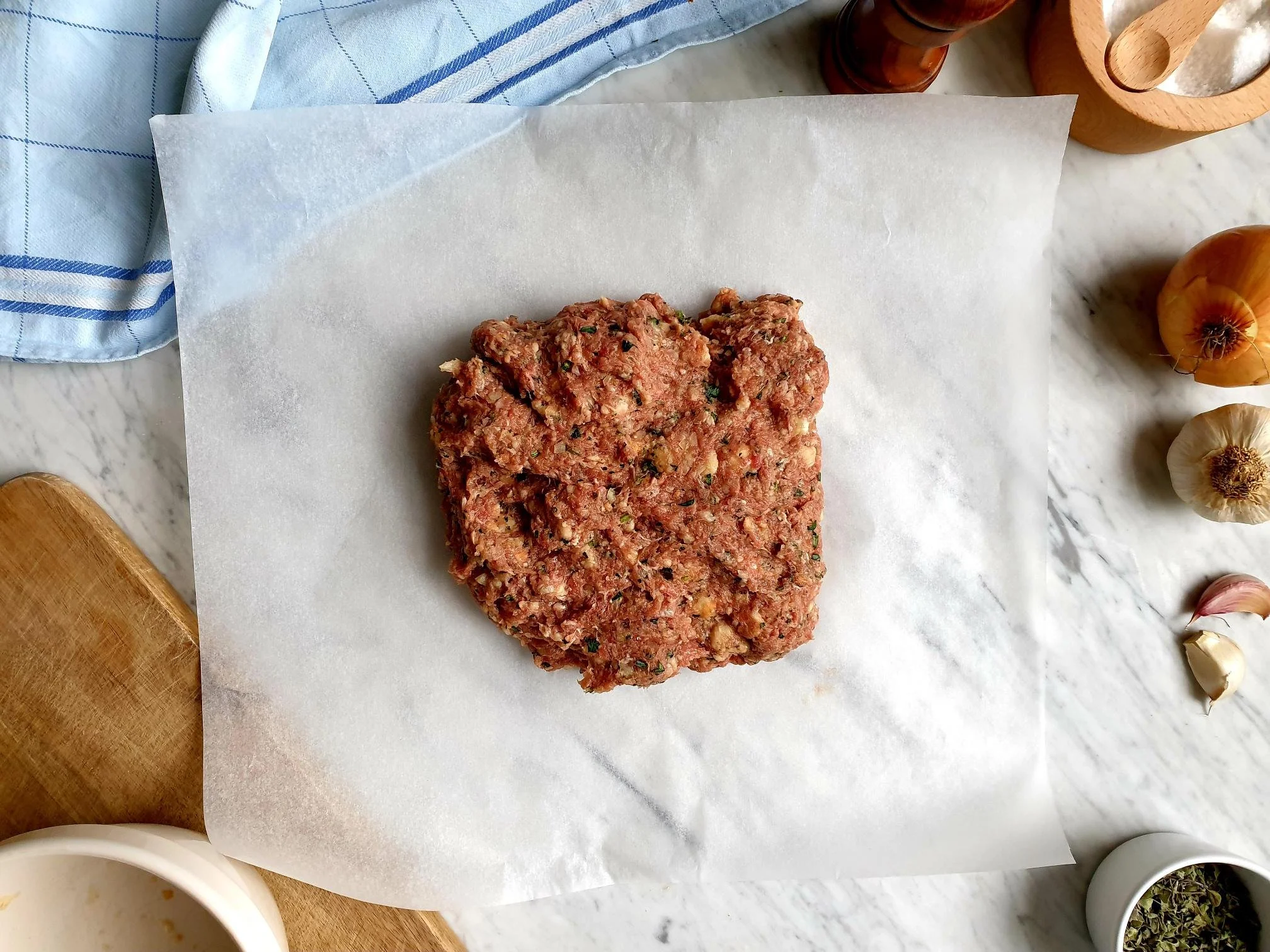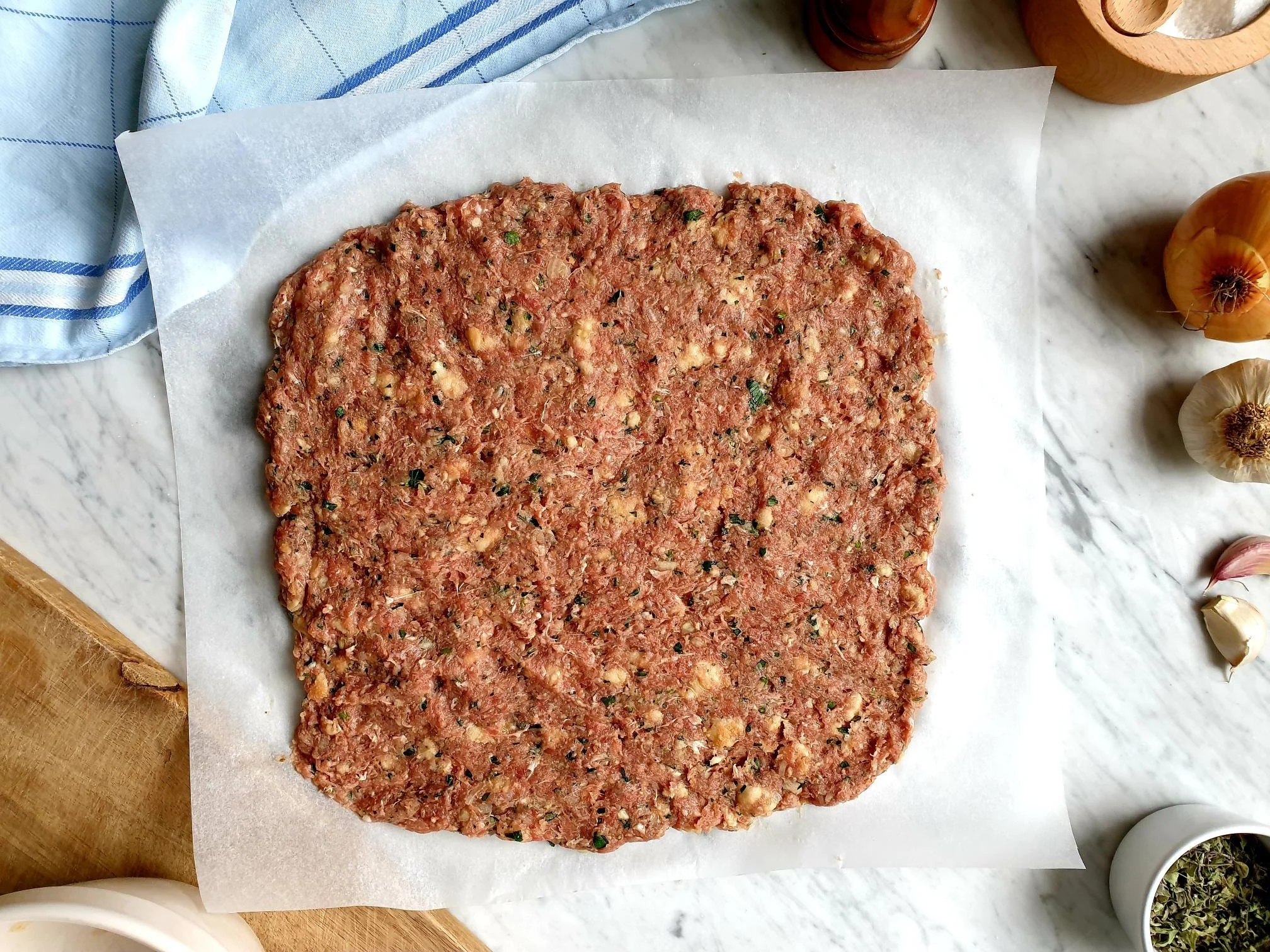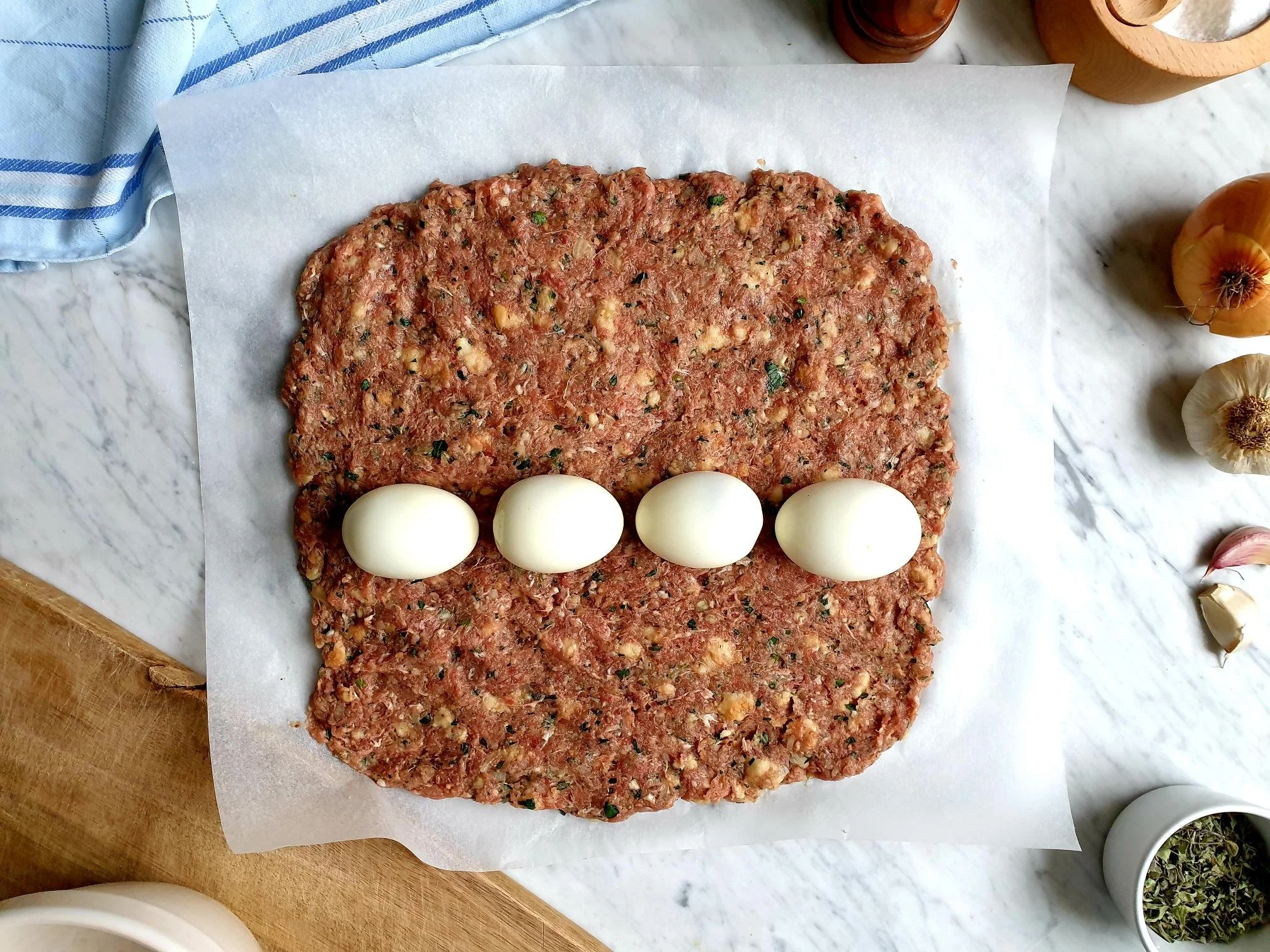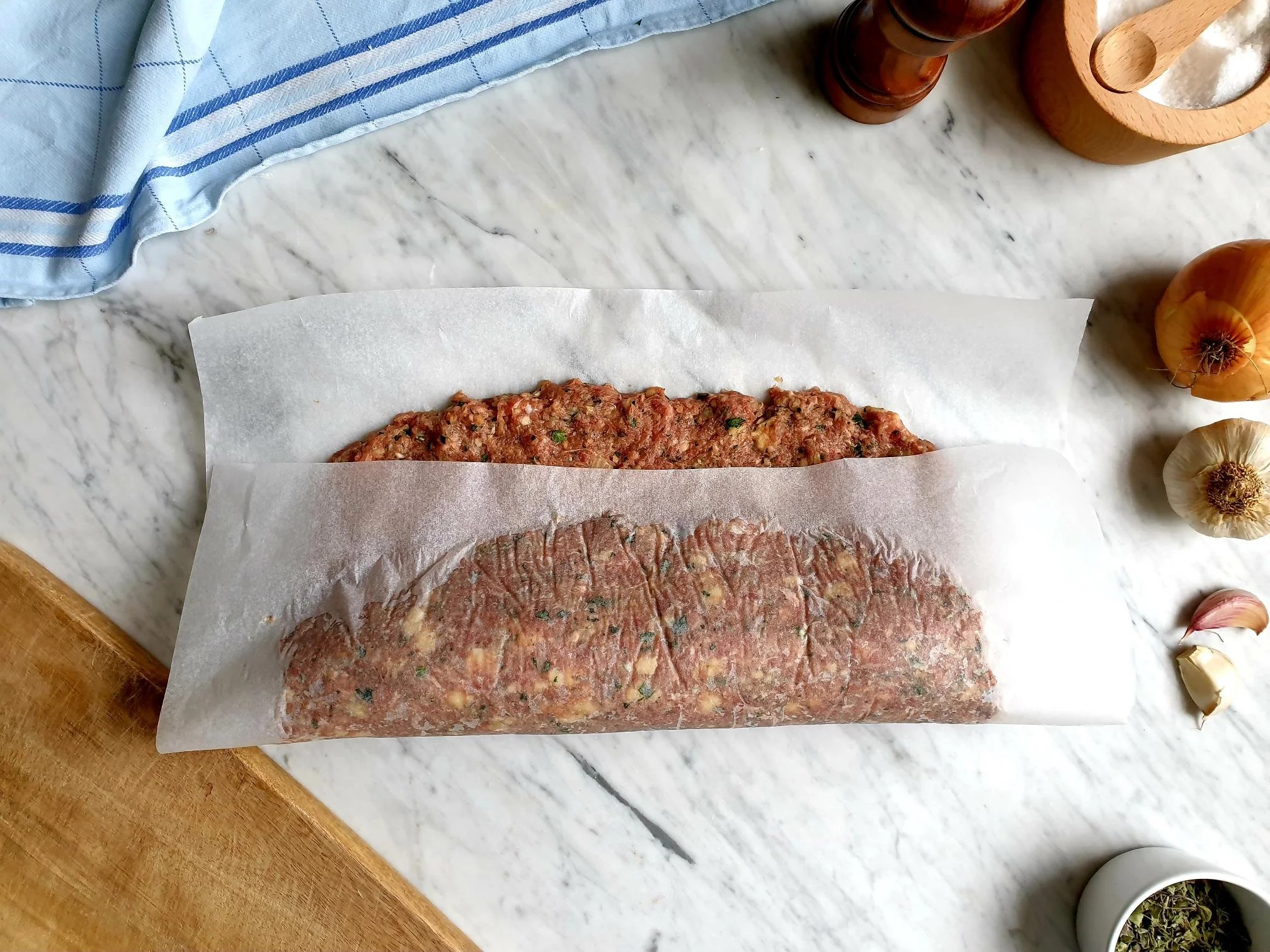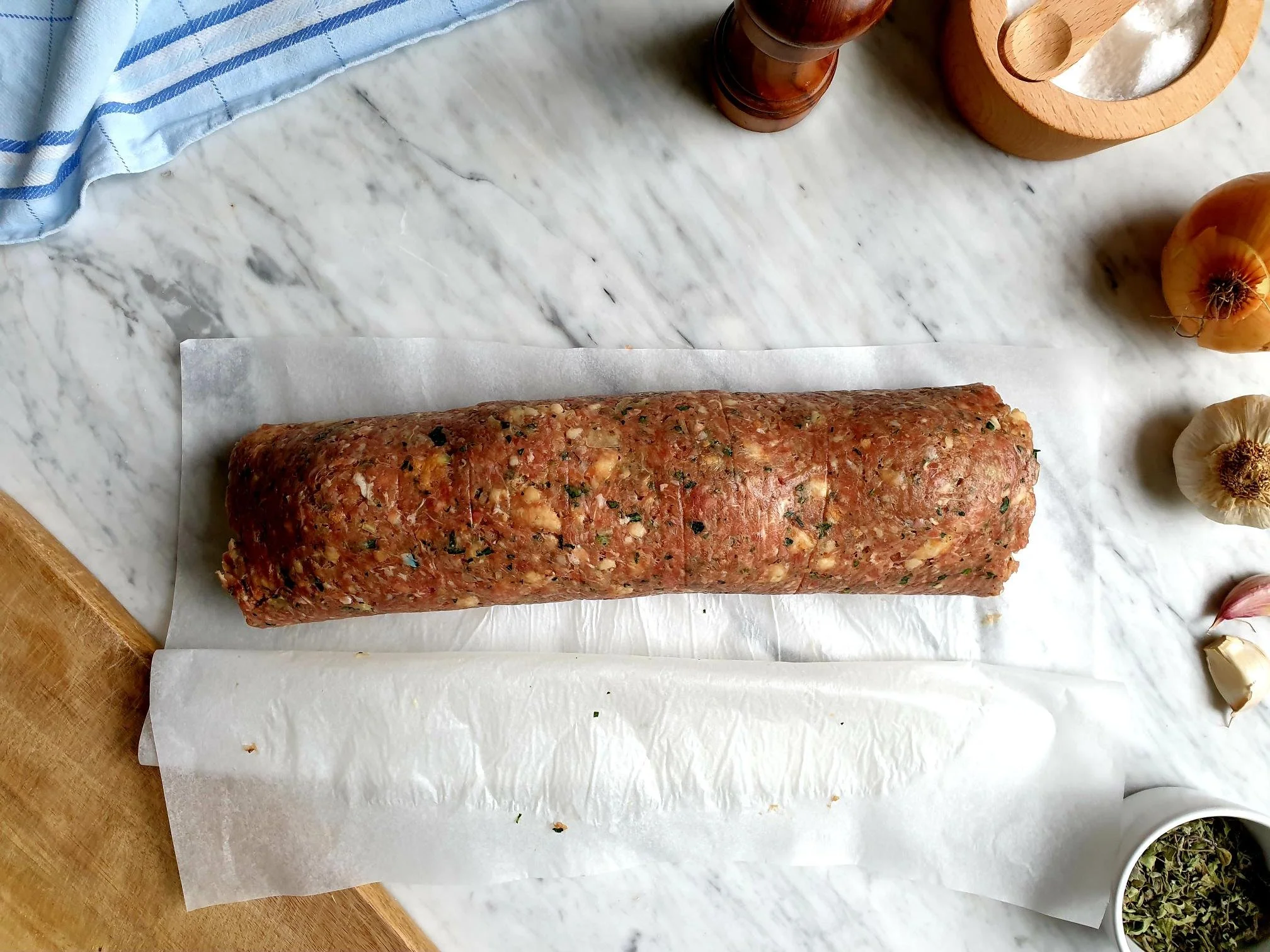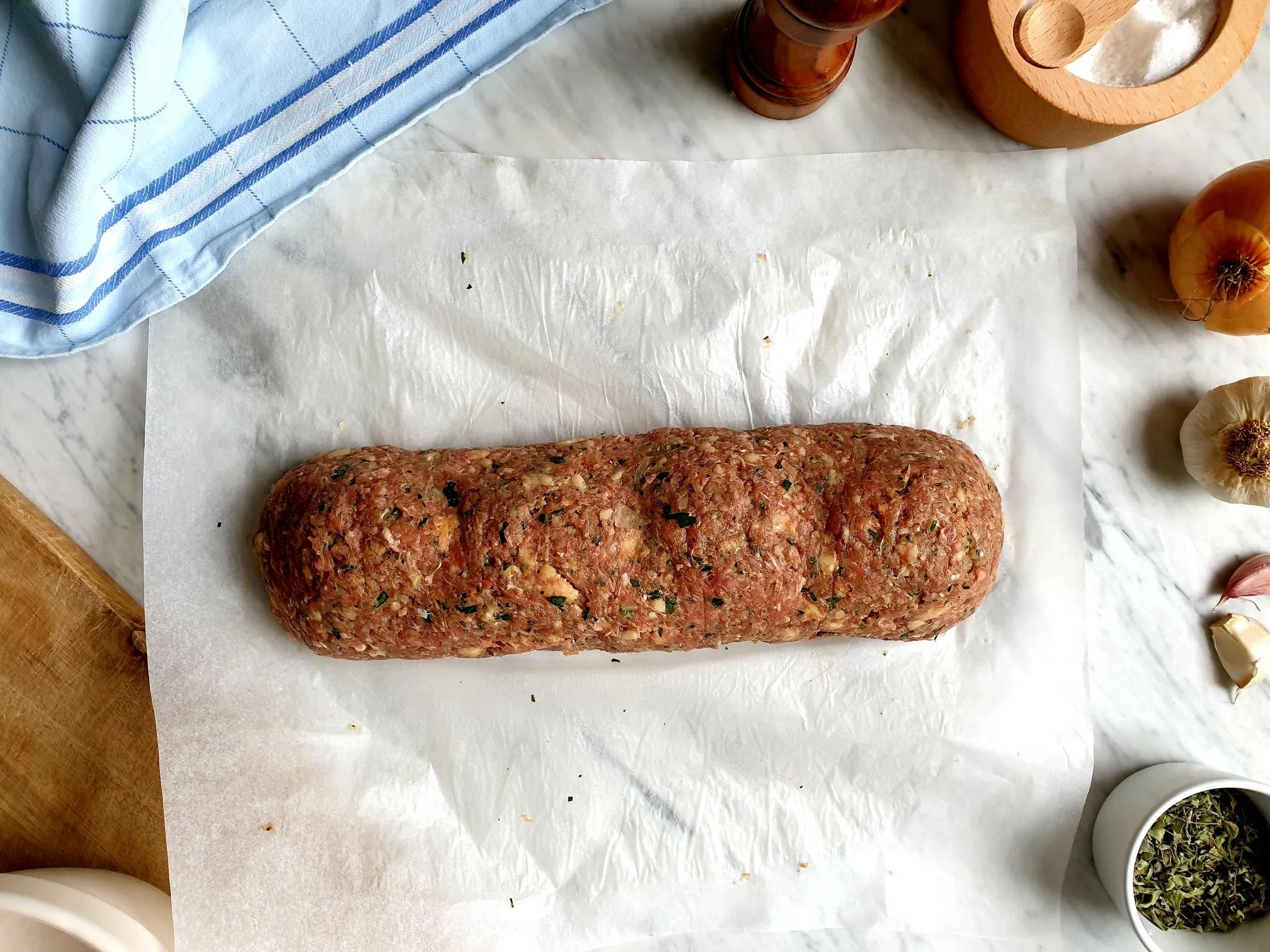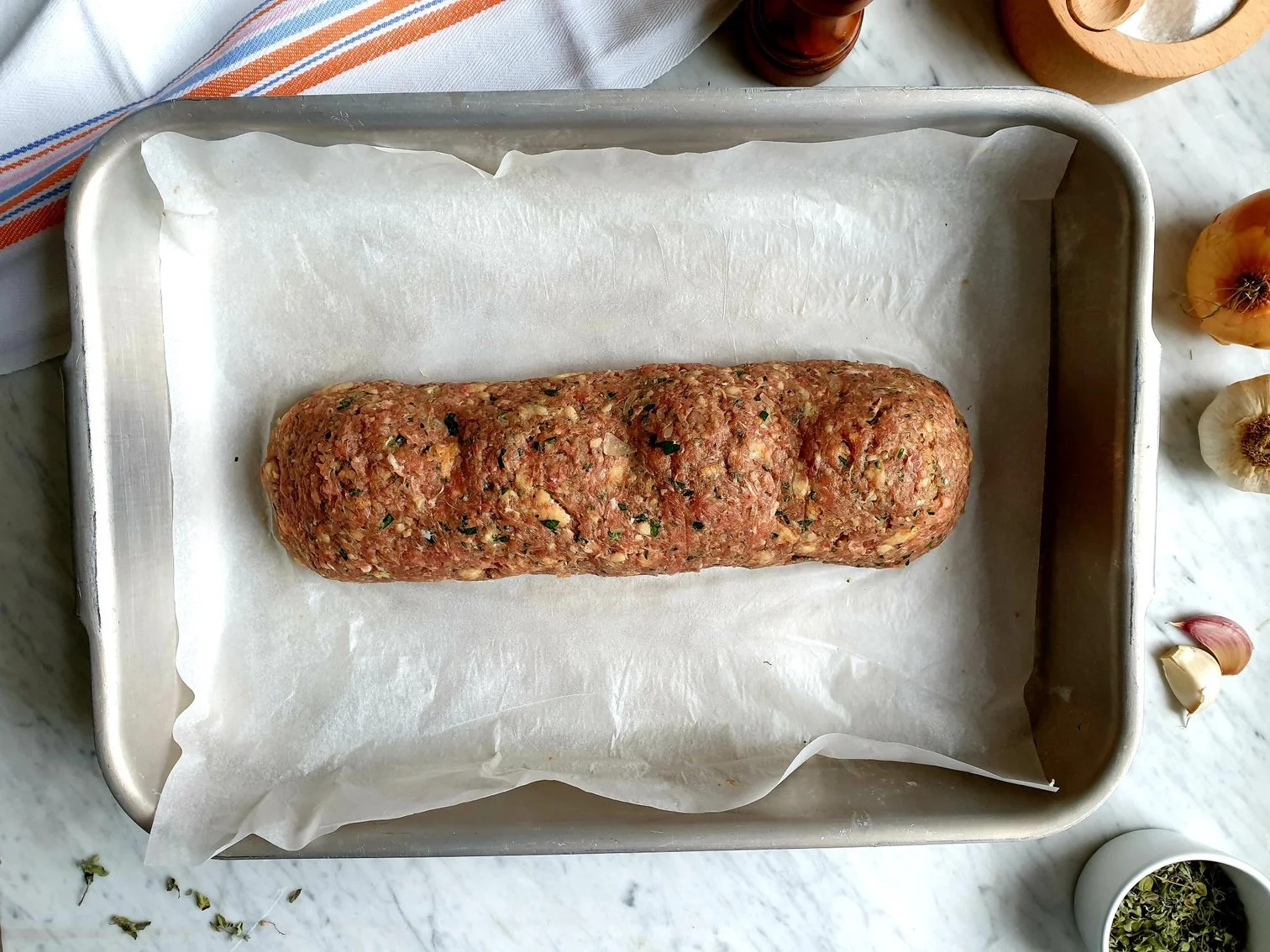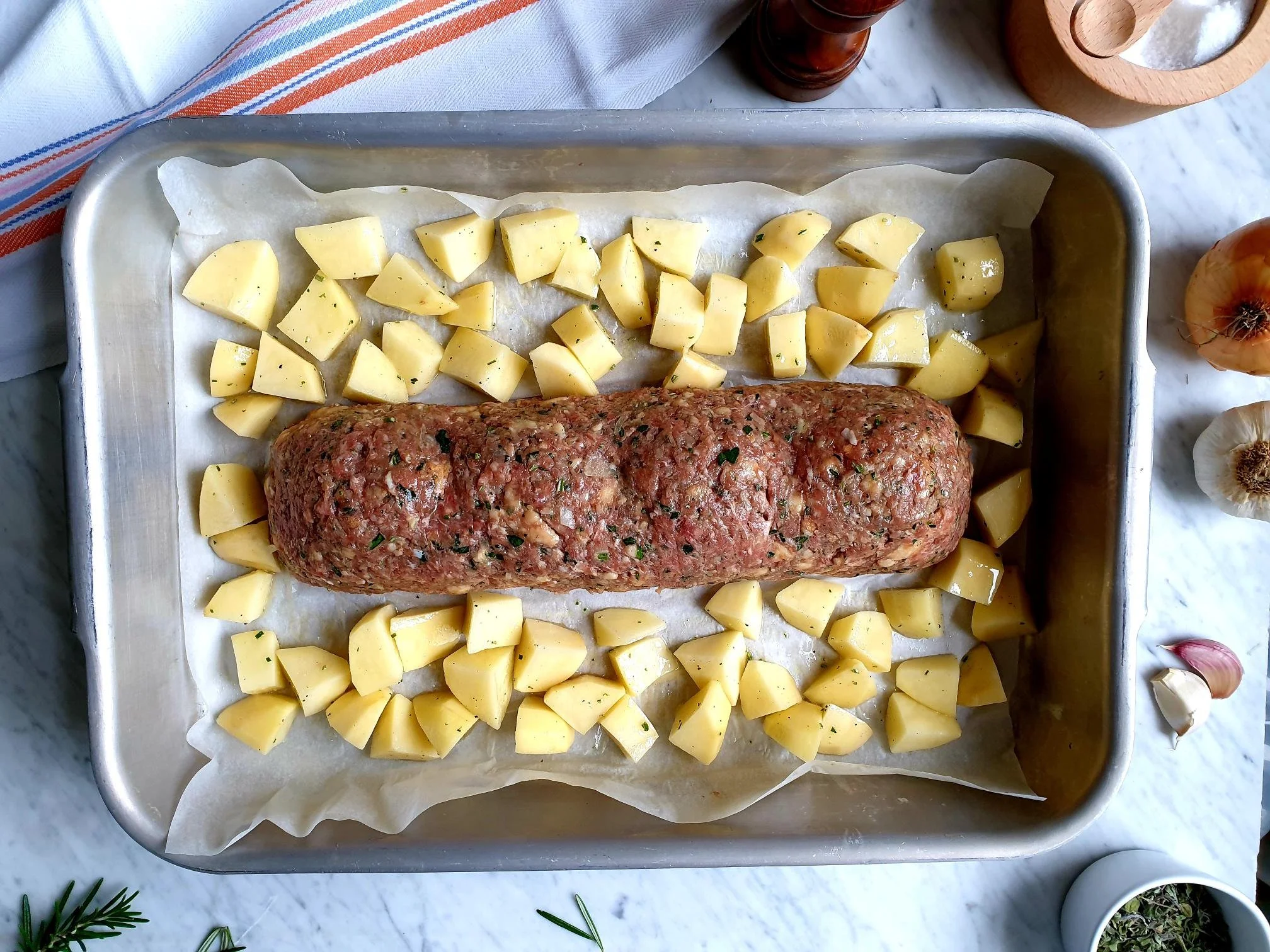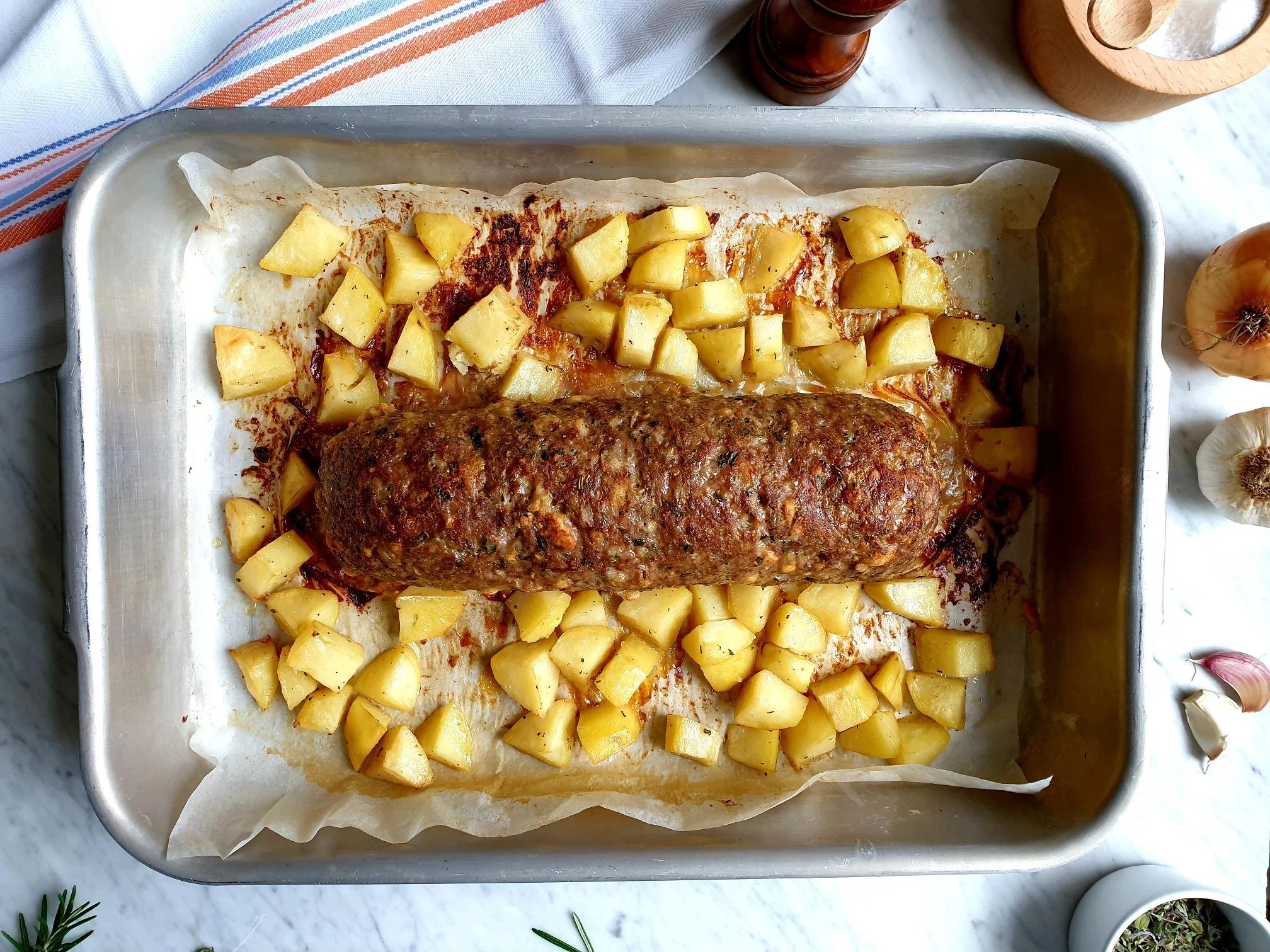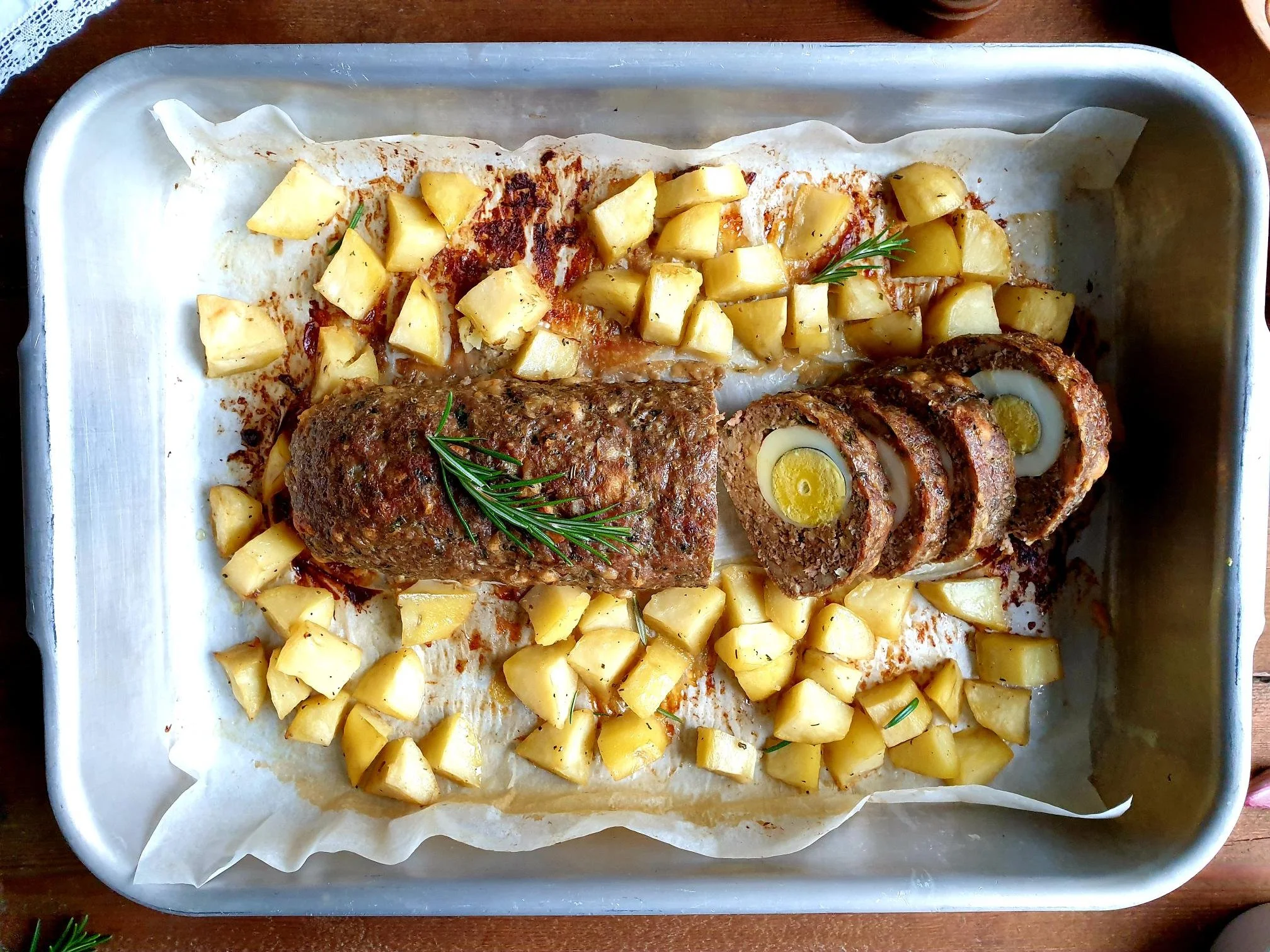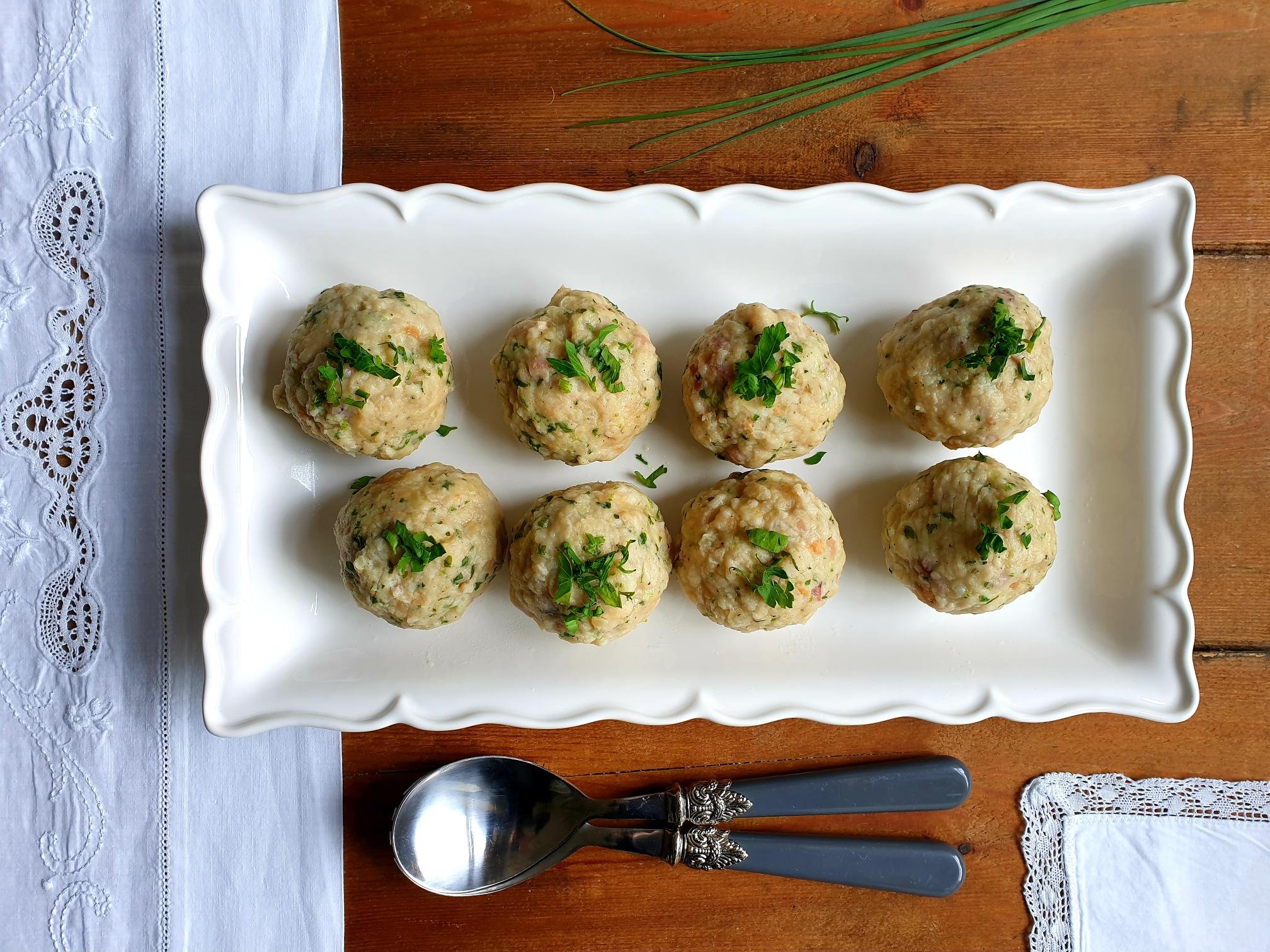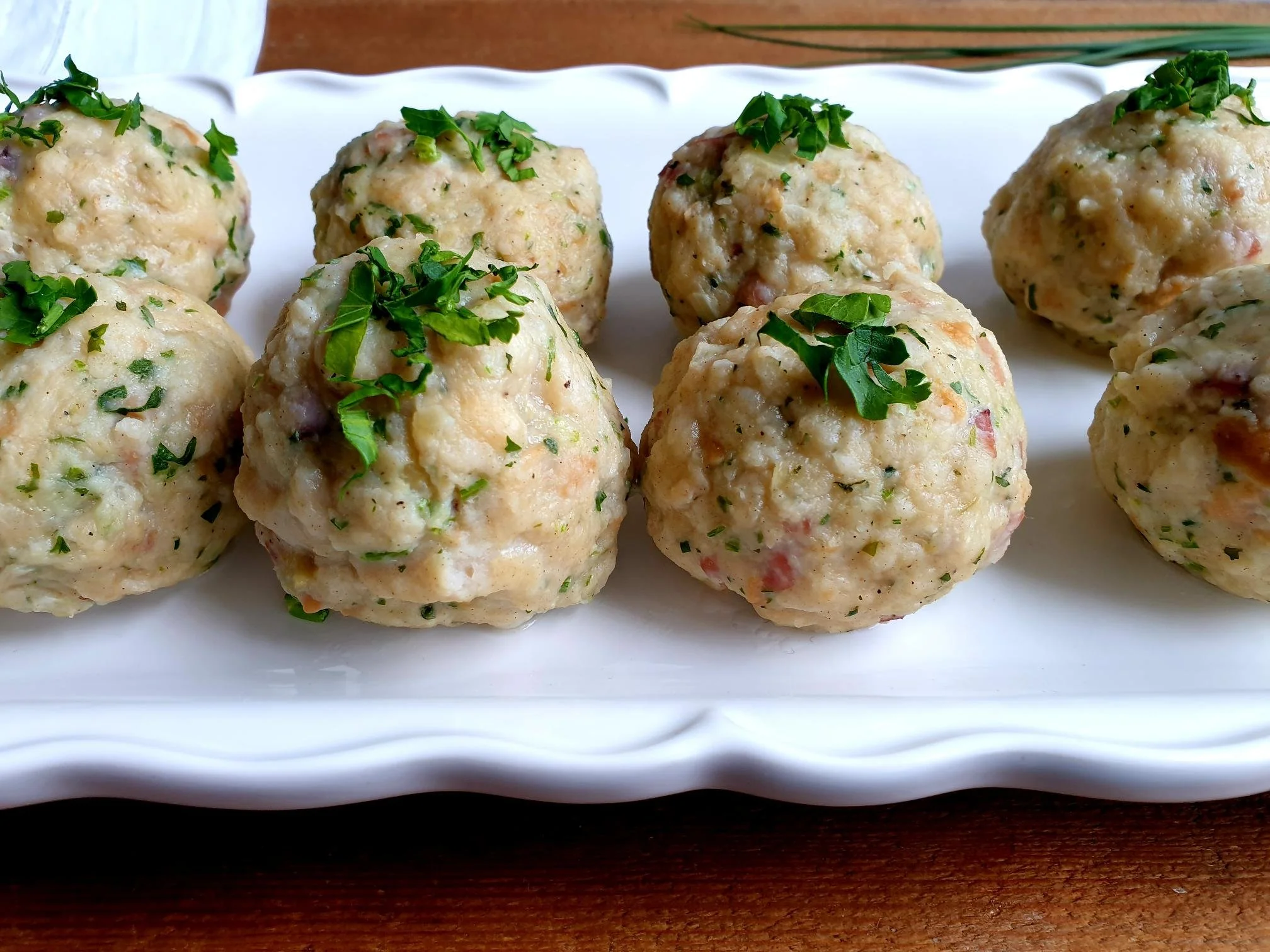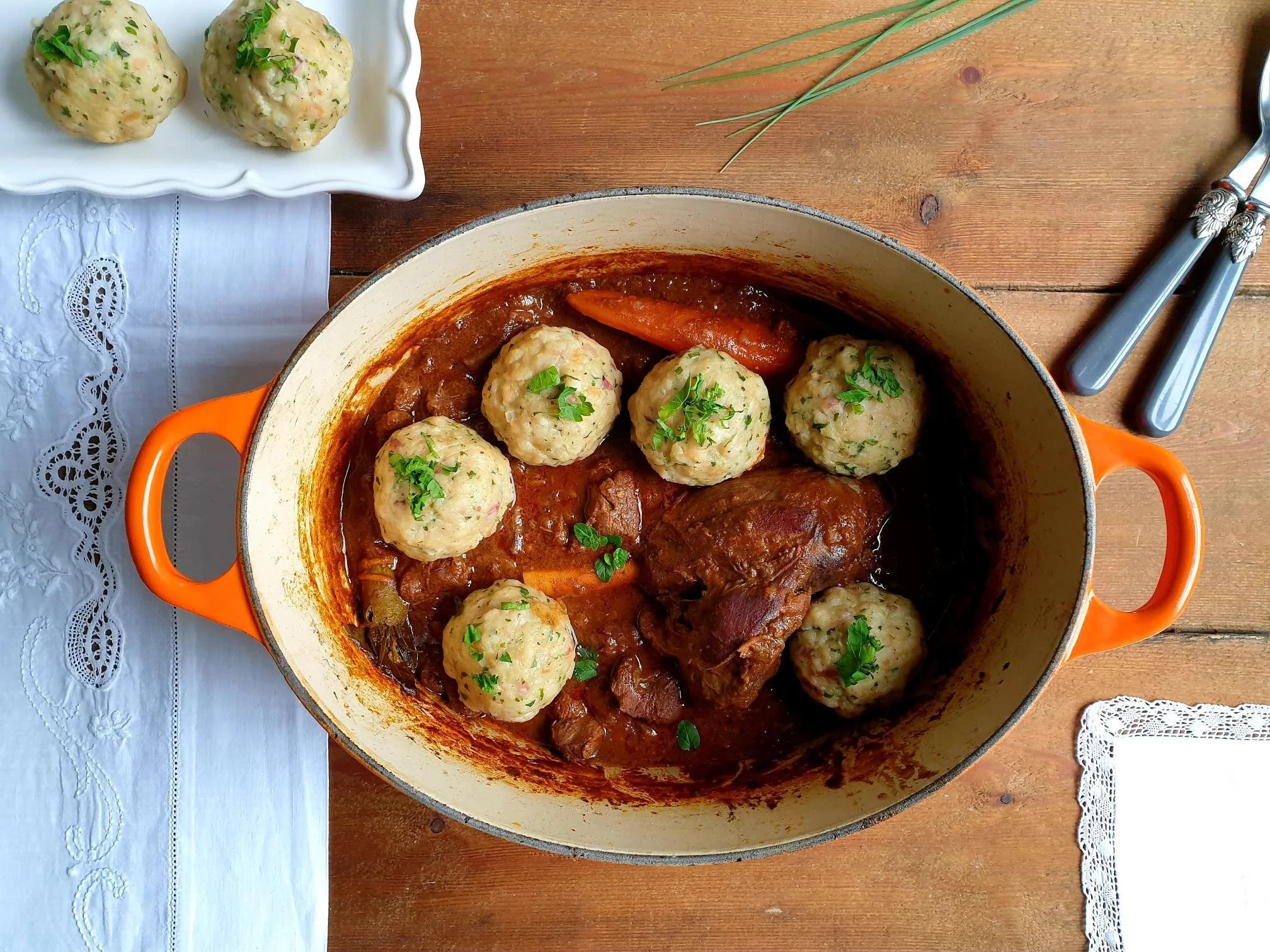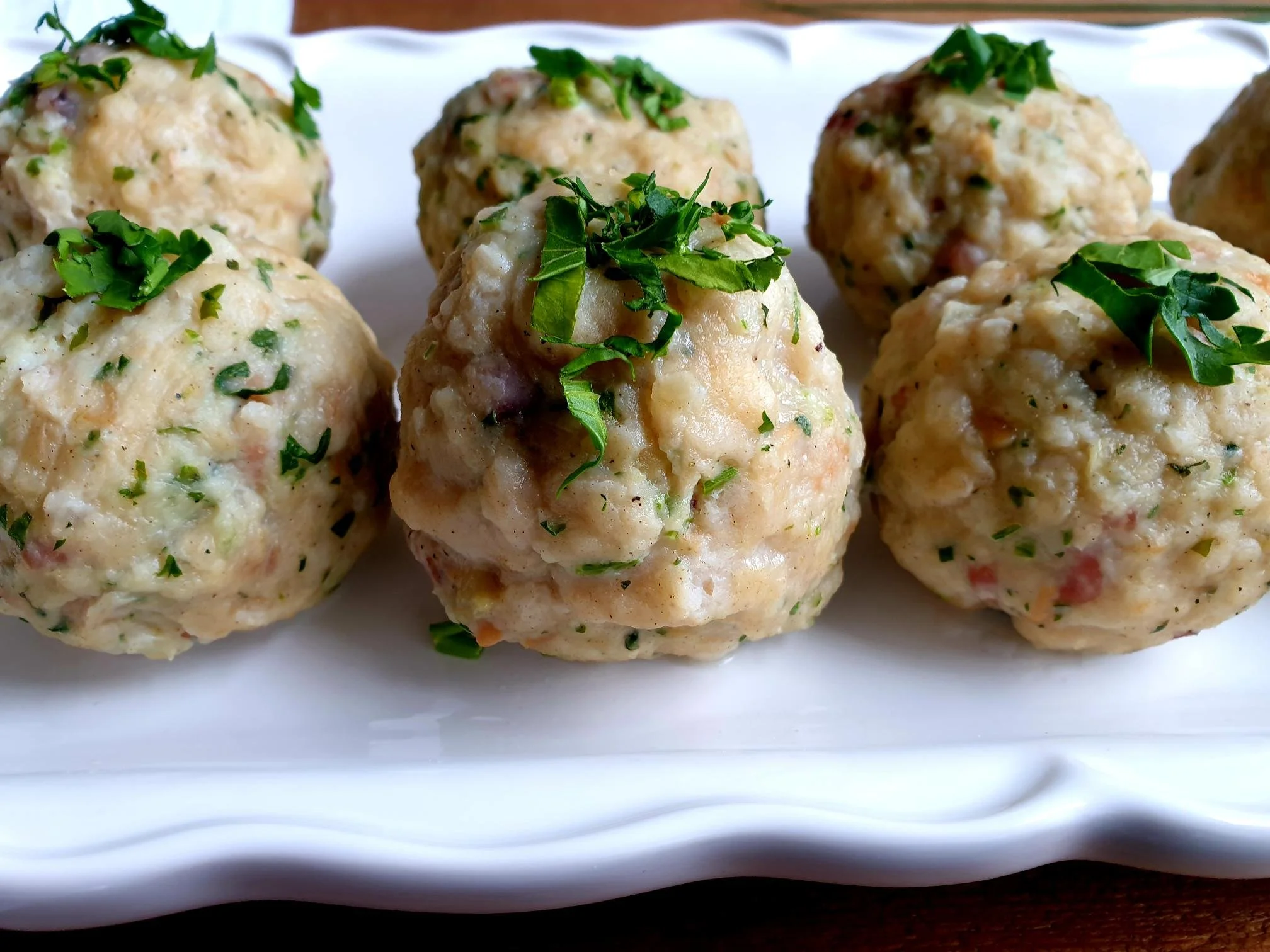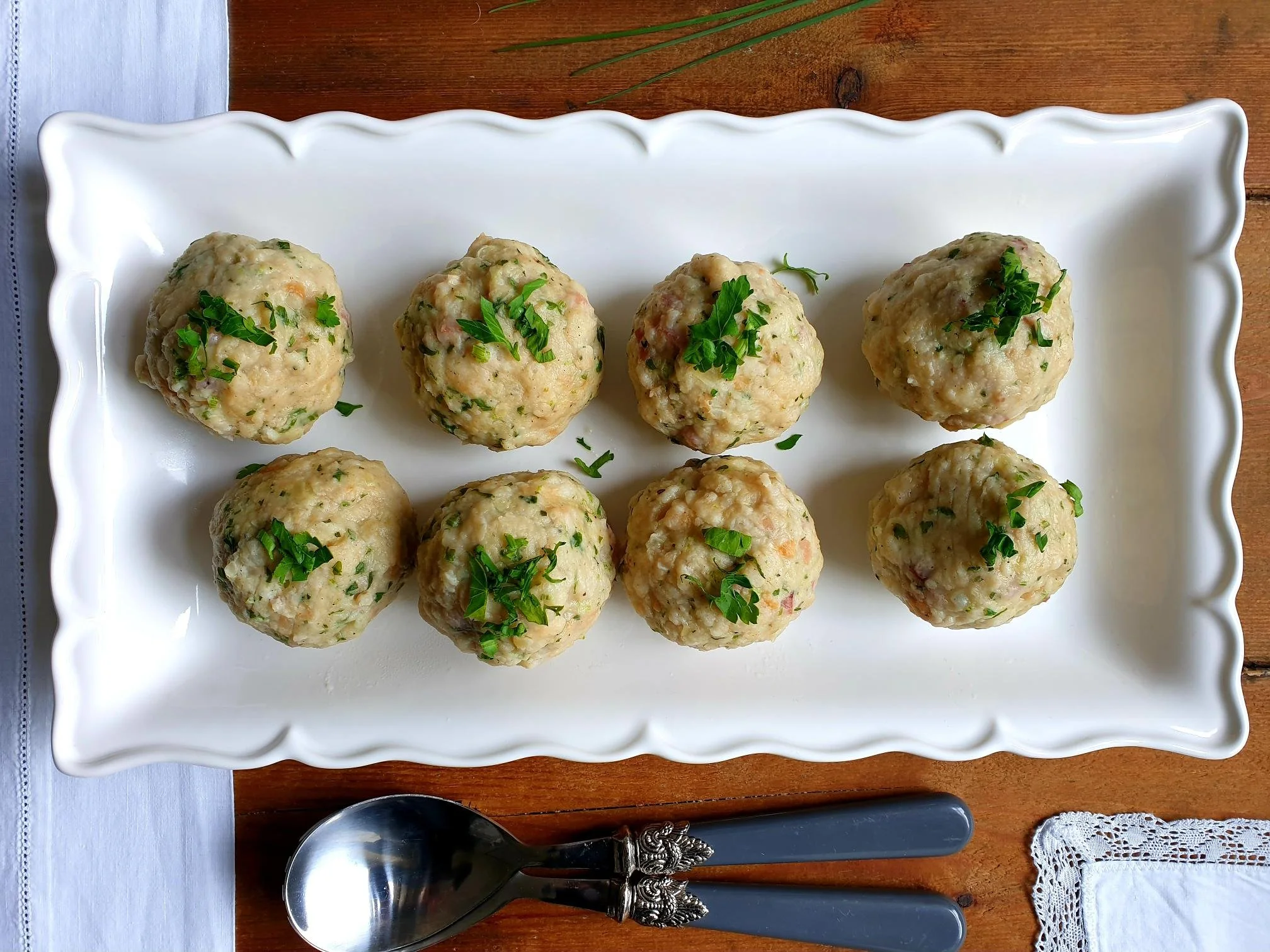Panada - Venetian Style Bread Soup Recipe
Panada is a bread soup that has porridge like consistency, it is smooth and delicate in flavour, it is perfect for colder months as it is filling, and great when you want to use up and recycle all that stale bread you are not quite sure what to do with it.
It is similar to other types of soups, where stale bread is used as a main ingredient, like Soupe valpellinentze (Valle d'Aosta), Suppa cauta from the Italian island of Sardegna and Tuscan Pancotto (pancotto literally meaning cooked bread) just to mention a few.
In all honesty, this dish would not quite qualify to fall into a category of the most appealing of dishes at a first glance. The recipe for this soup only calls for three main ingredients, stale bread, broth or stock and extra virgin olive oil, and the success of this dish, as it is so simple, really lies in using exceptionally good quality ingredients.
It is hard to imagine that this incredibly humble soup that fed the poorest of the poor was created in today's one of the wealthiest regions of Italy, Veneto. This was not always the case as Veneto used to be one of the least prosperous regions of Italy where people had to be incredibly resourceful and creative with the ingredients they had. This is the dish that older generations, including my nona, remembers with both great fondness and melancholy, as it was prepared very often in their youth, during the World War II, but also during the years that followed.It was ideal for small children and the elderly, and it was traditionally also prepared during the Lent.
My nona shared with me that in Slovenian Istra, Panada (without the use of cheese) used to be a common site on the dinner tables. This would come as no surprise as this part of land used to be ruled by the Serenissima, ‘The most Serene Republic of Venice,’ which significantly shaped the gastronomic habits in this region.
Nowadays, Panada is one of those dishes that most of the younger generation have never heard of or even never tasted. This is an almost forgotten dish, in this day and age, it is a rarely cooked soup in homes, and most certainly not offered, or found on the menus in restaurants.
I am sharing here this much treasured family recipe.
Recipe
Ingredients
Serves 4
400g stale bread (rustic type of loaf is particularly indicated)
extra virgin olive oil, a generous drizzle or to taste, and some extra to serve
1.5 litre beef, chicken or vegetable broth (preferably homemade but you can use a really good quality store bought stock)
sea salt
black pepper
grated Parmiggiano Reggiano cheese, to serve, optional (you can use any hard cheese you like)
Method
Thinly slice stale loaf of bread.
Place the slices in a pan in layers.
Cover with beef, chicken or vegetable warm broth or stock, and drizzle generously with extra virgin olive oil.
Leave to stand for about 40 minutes and allow the bread to thoroughly absorb the liquid.
Place the pan on a stove and cook on a very gentle heat for about 45 minutes stirring quite frequently but gently.
When is fully cooked you should end up with a smooth, creamy and velvety bread soup.
Taste and season with sea salt and black pepper.
Serve hot with grated Parmiggiano Reggiano cheese or other type of hard cheese of your preference, optional, and a drizzle with extra virgin olive oil.
Just a thought
If you want to make this recipe intentionally, and not because of the left over bread, you can also buy a fresh rustic loaf from the shop and keep it out until it dries a bit, and then use it.

